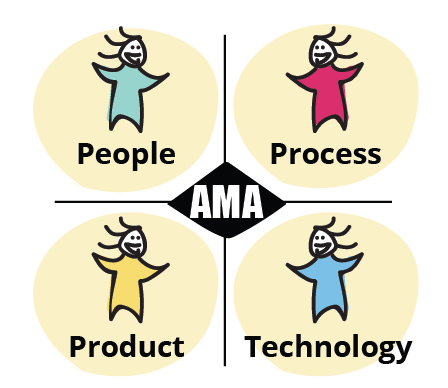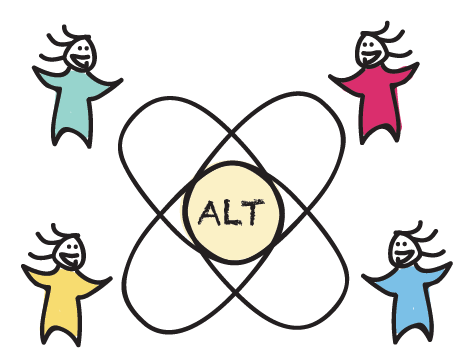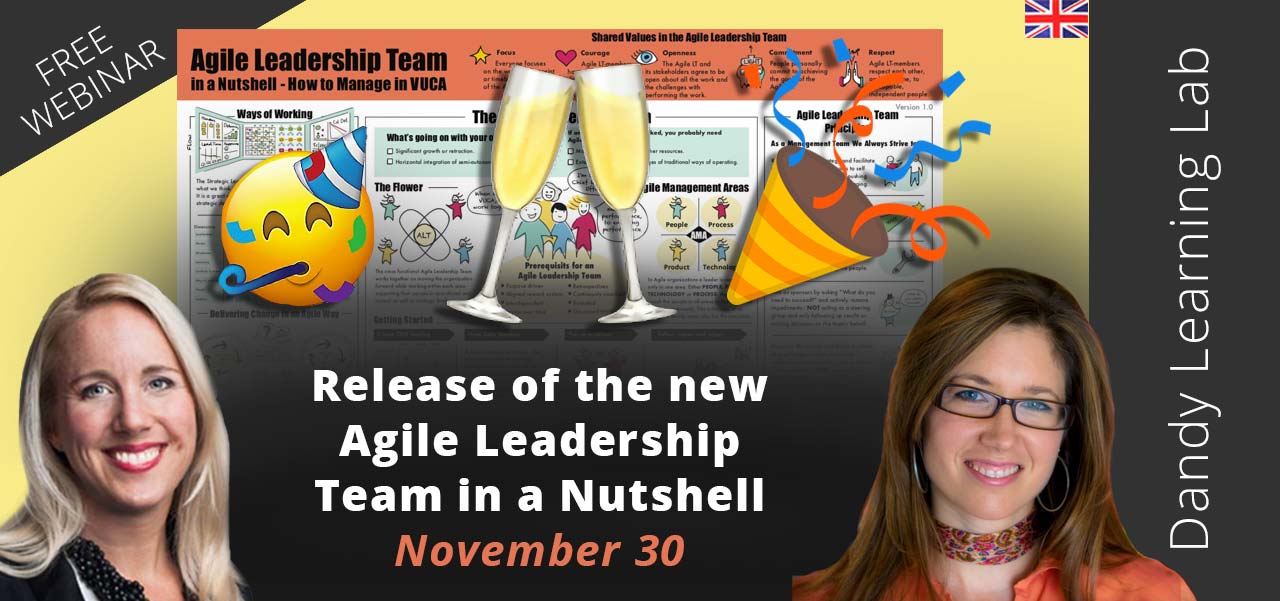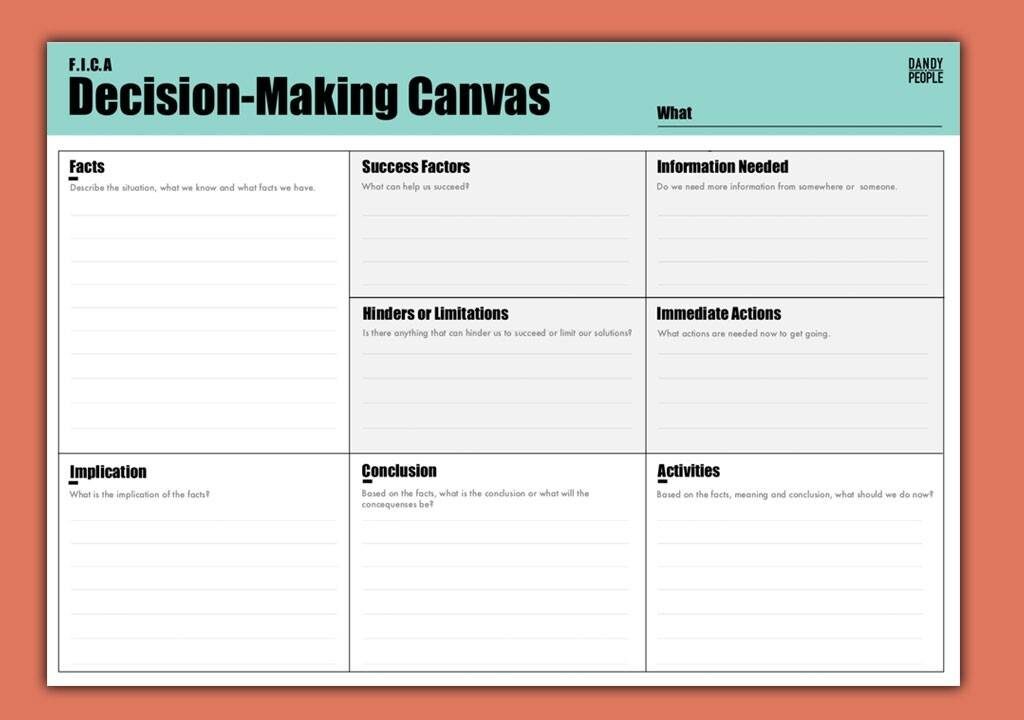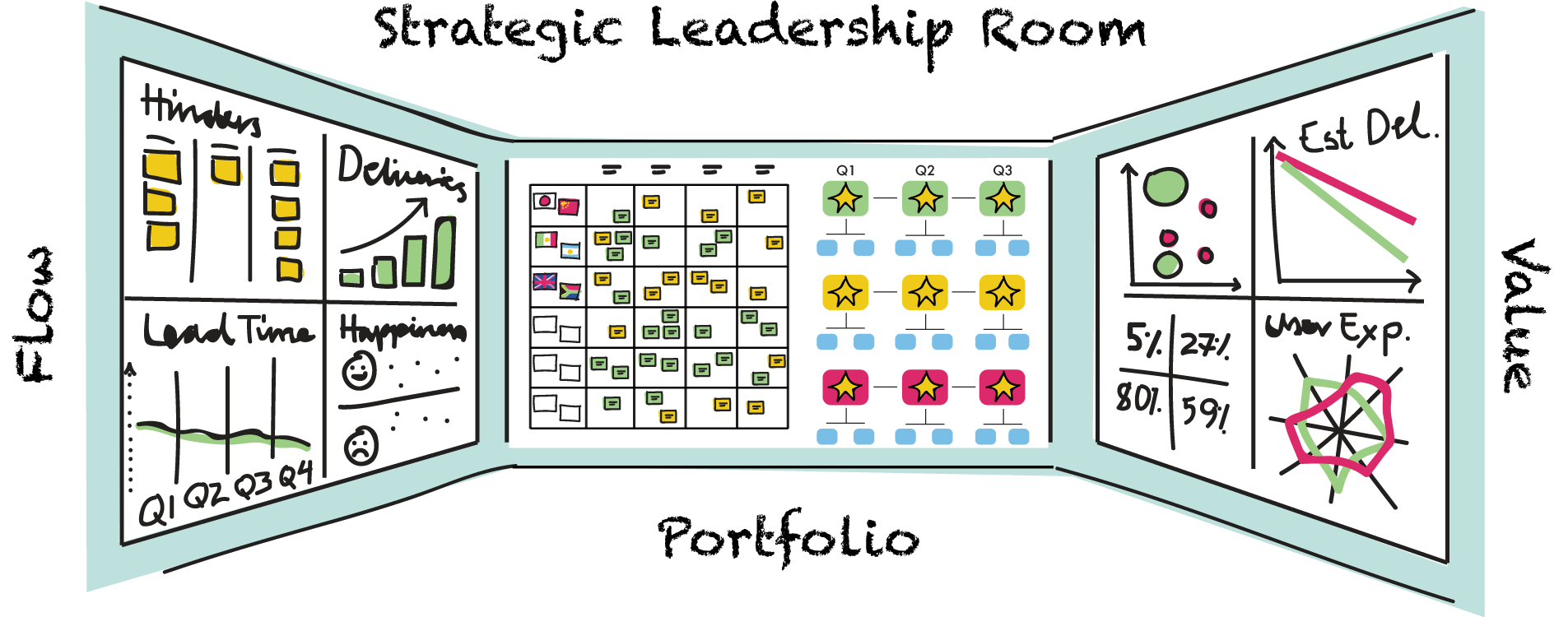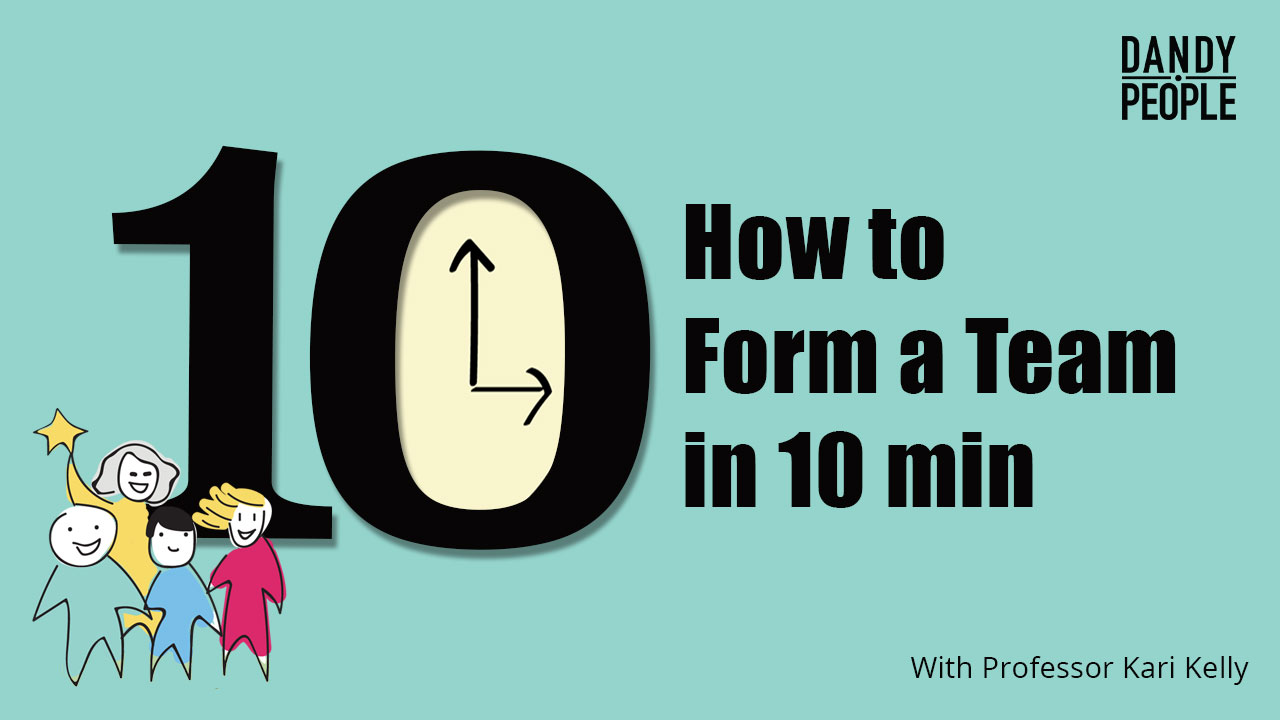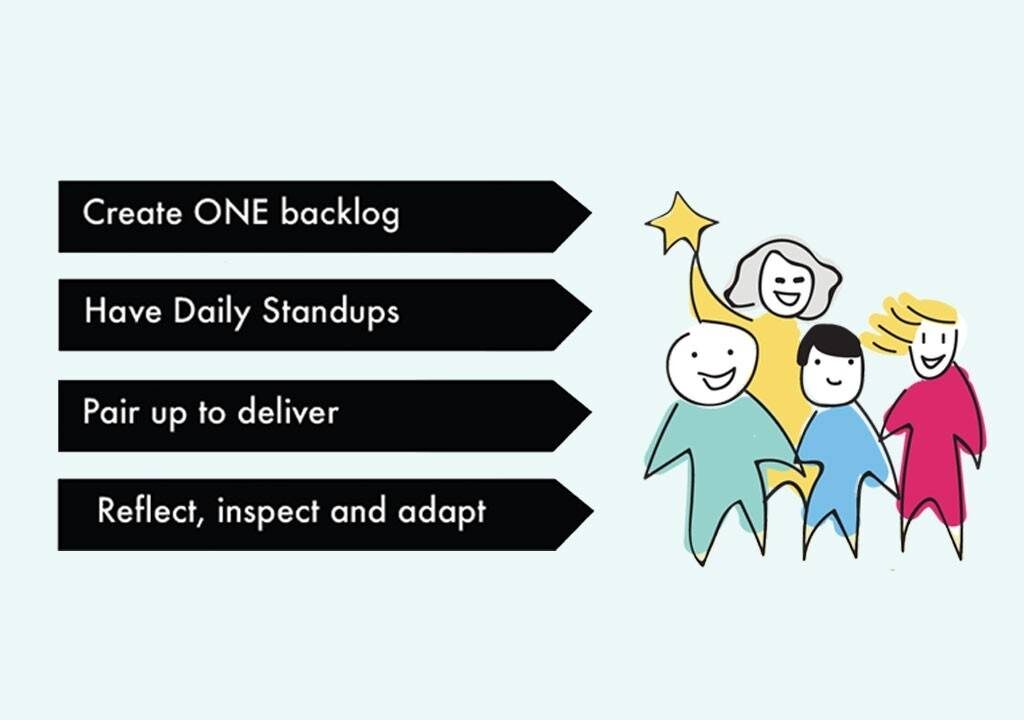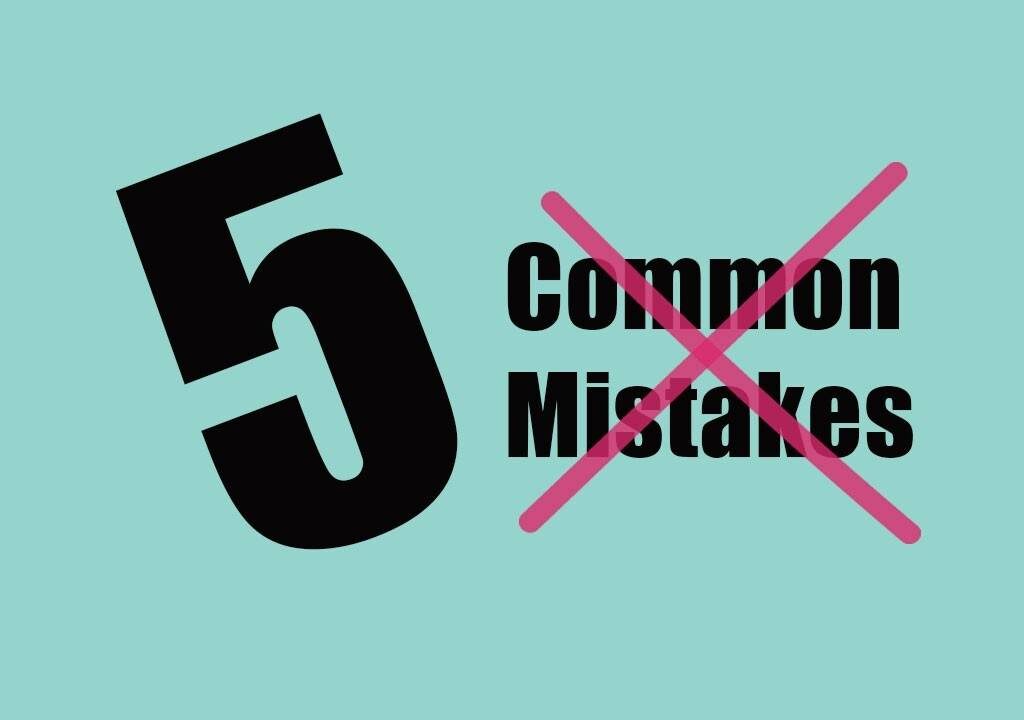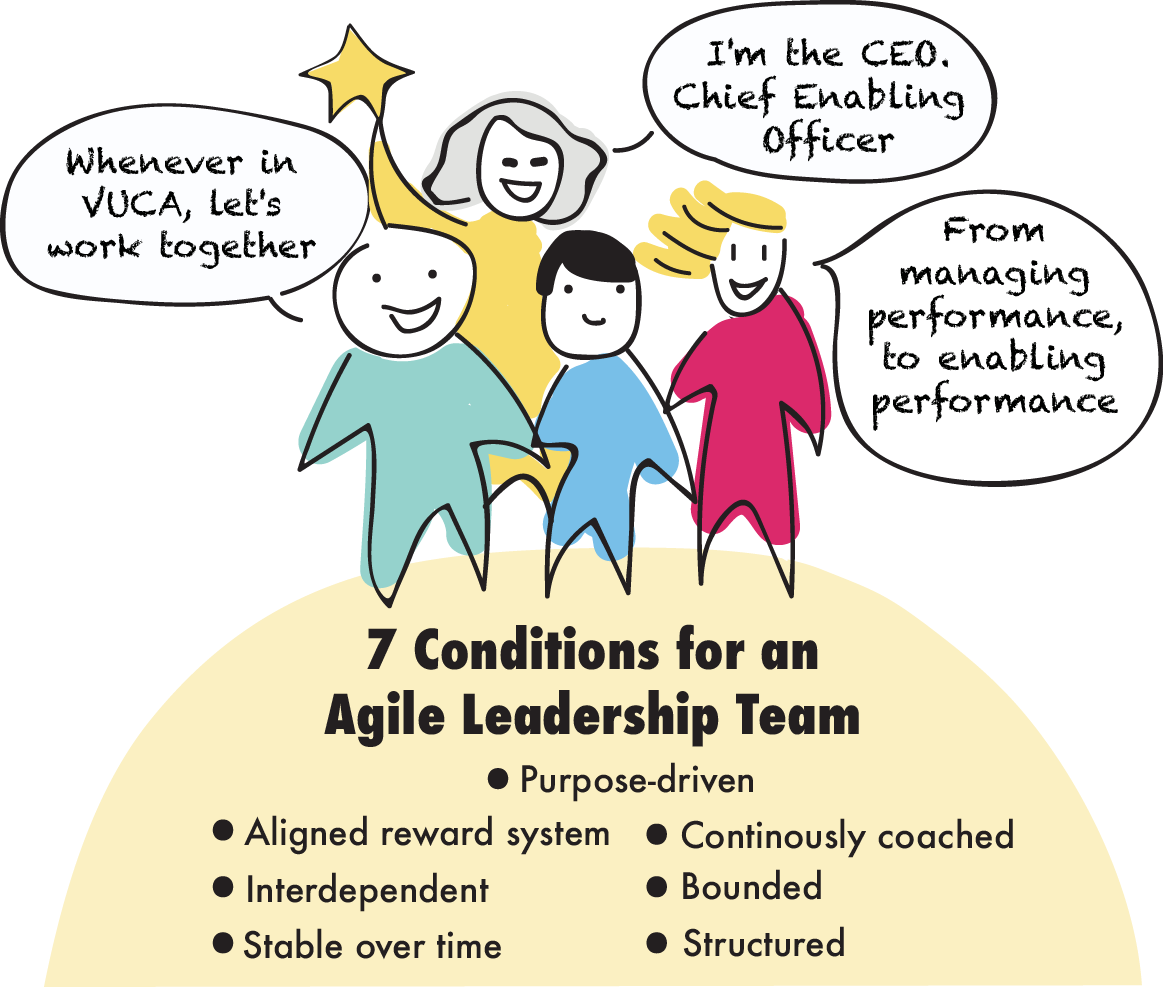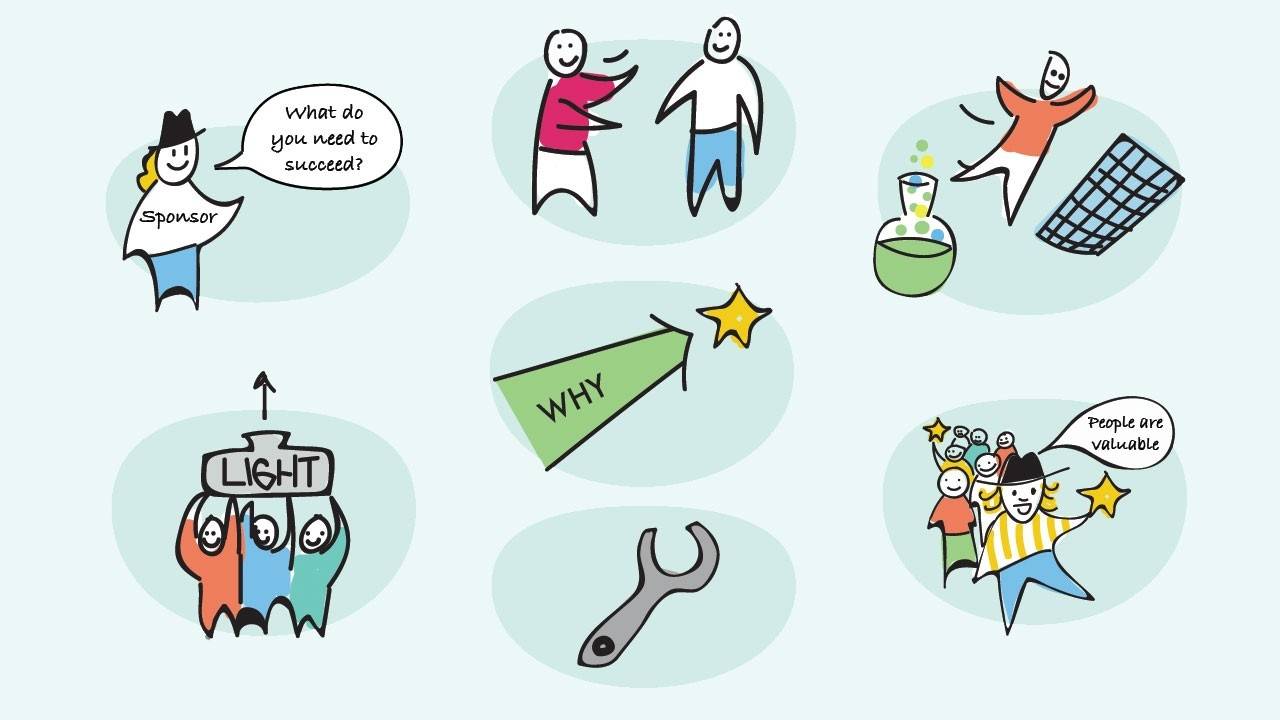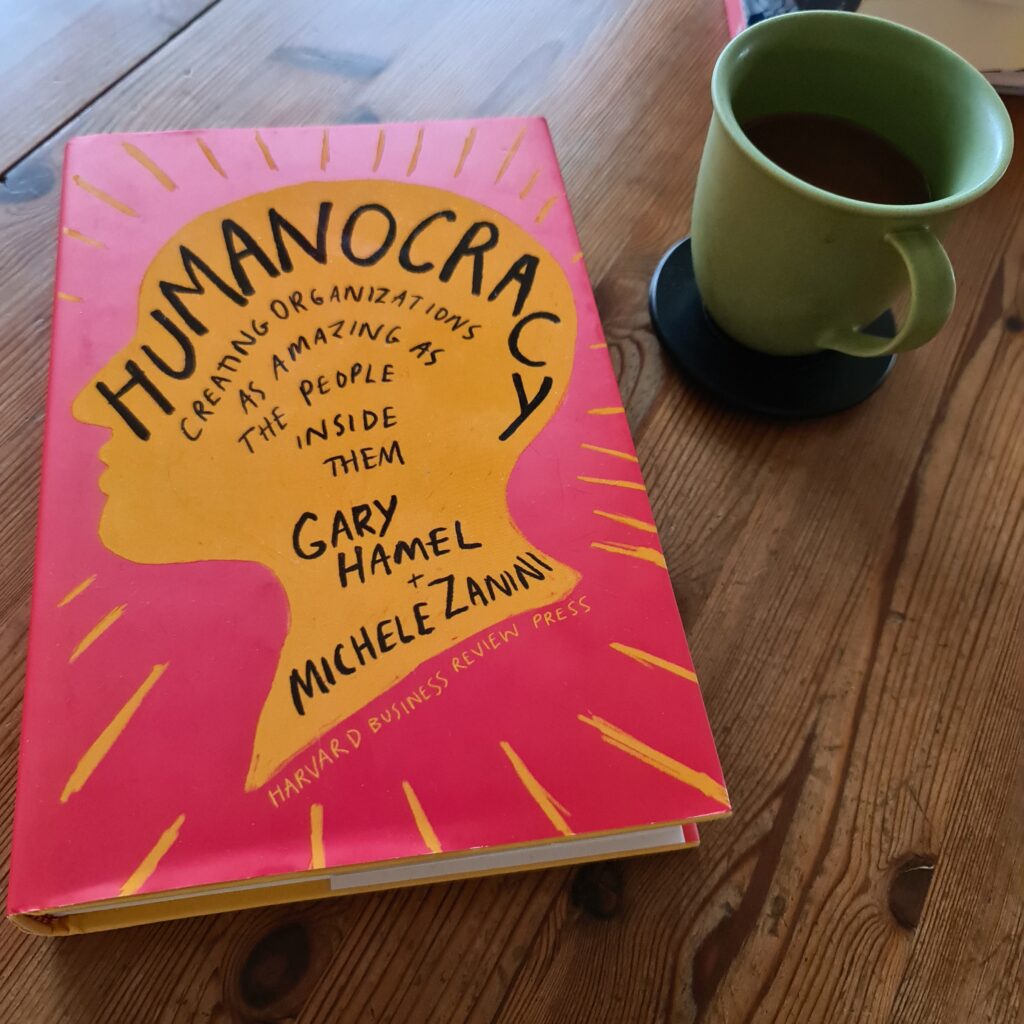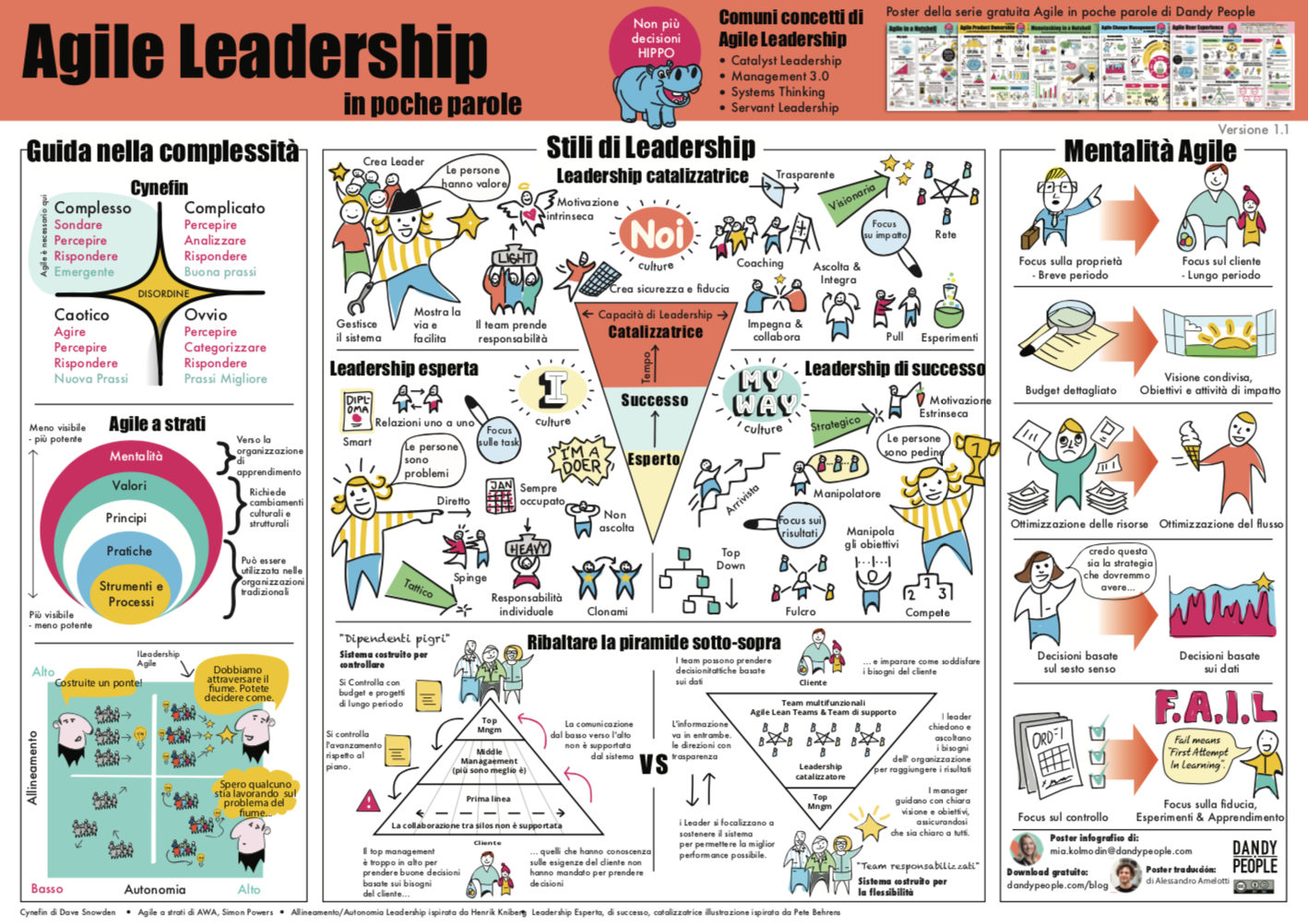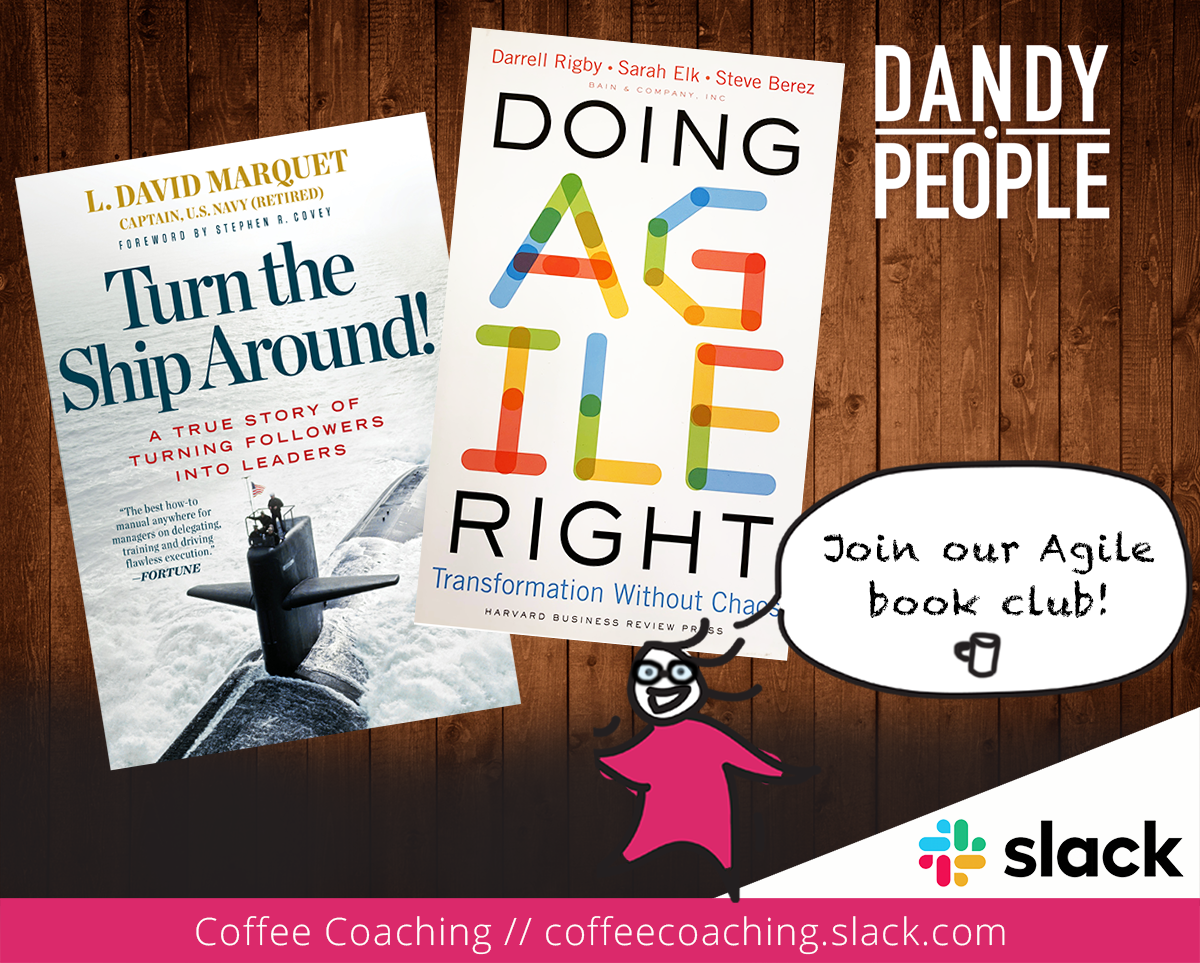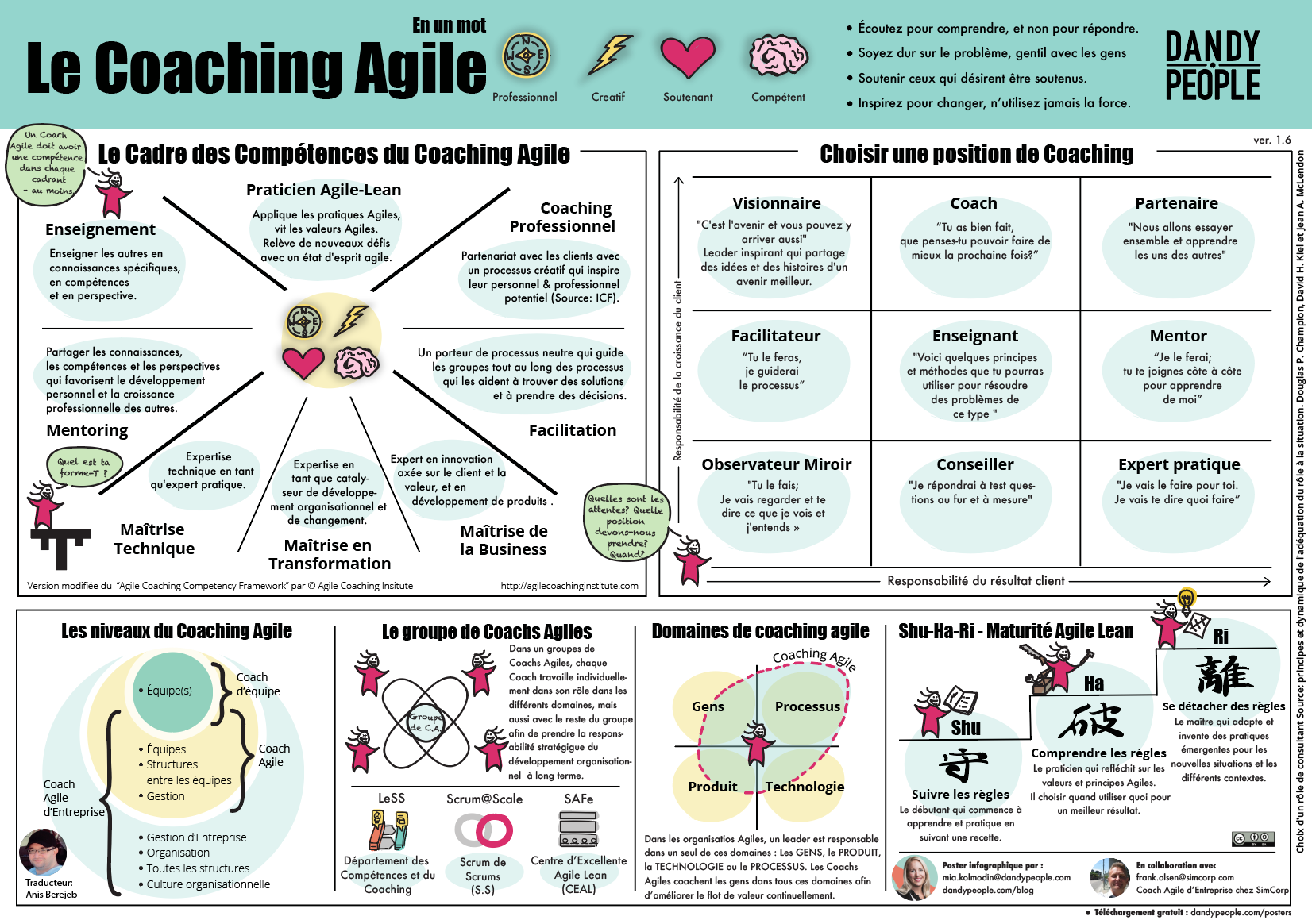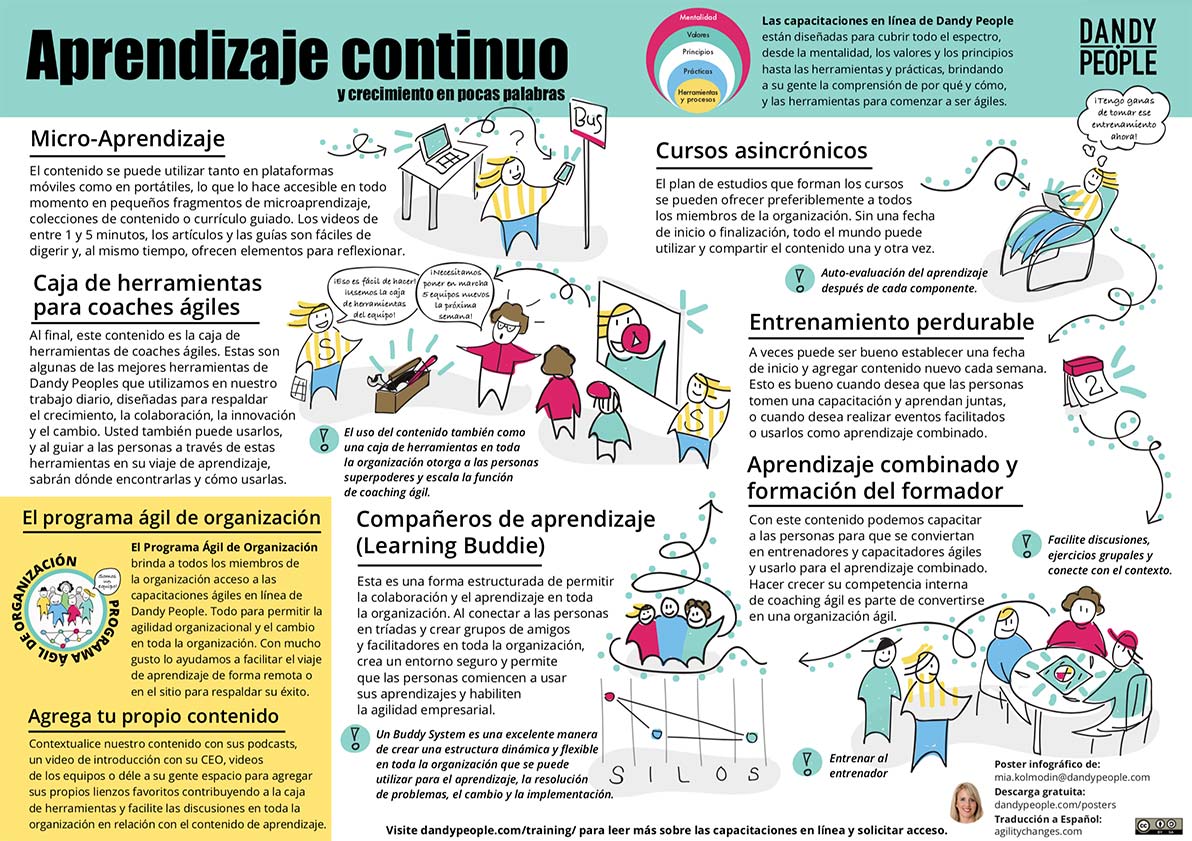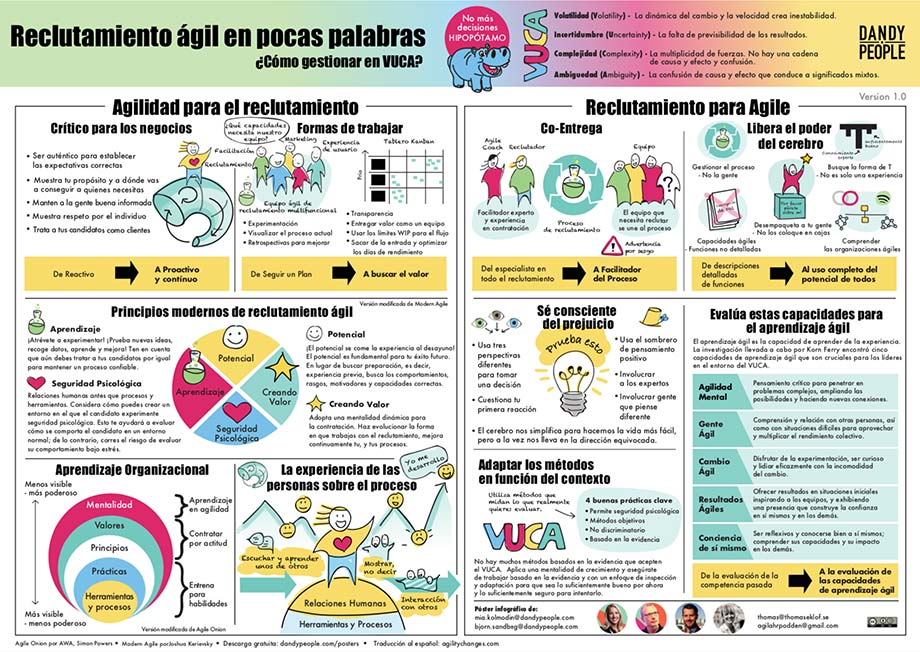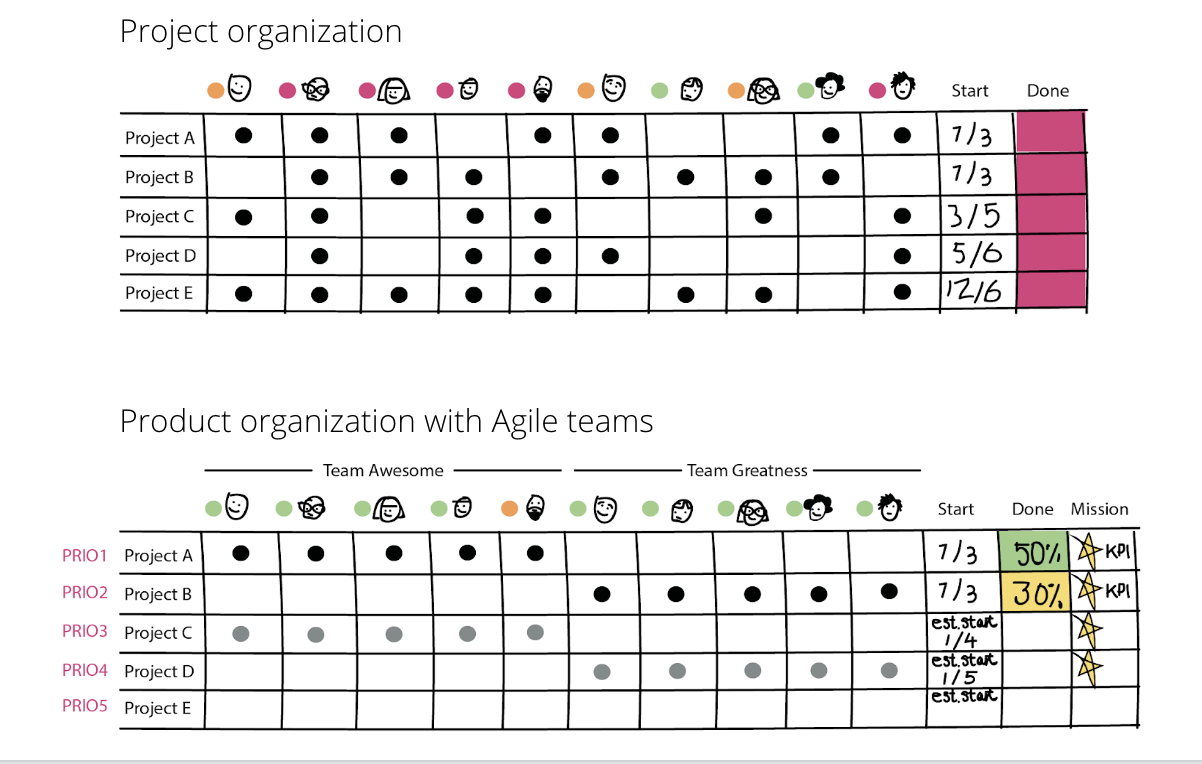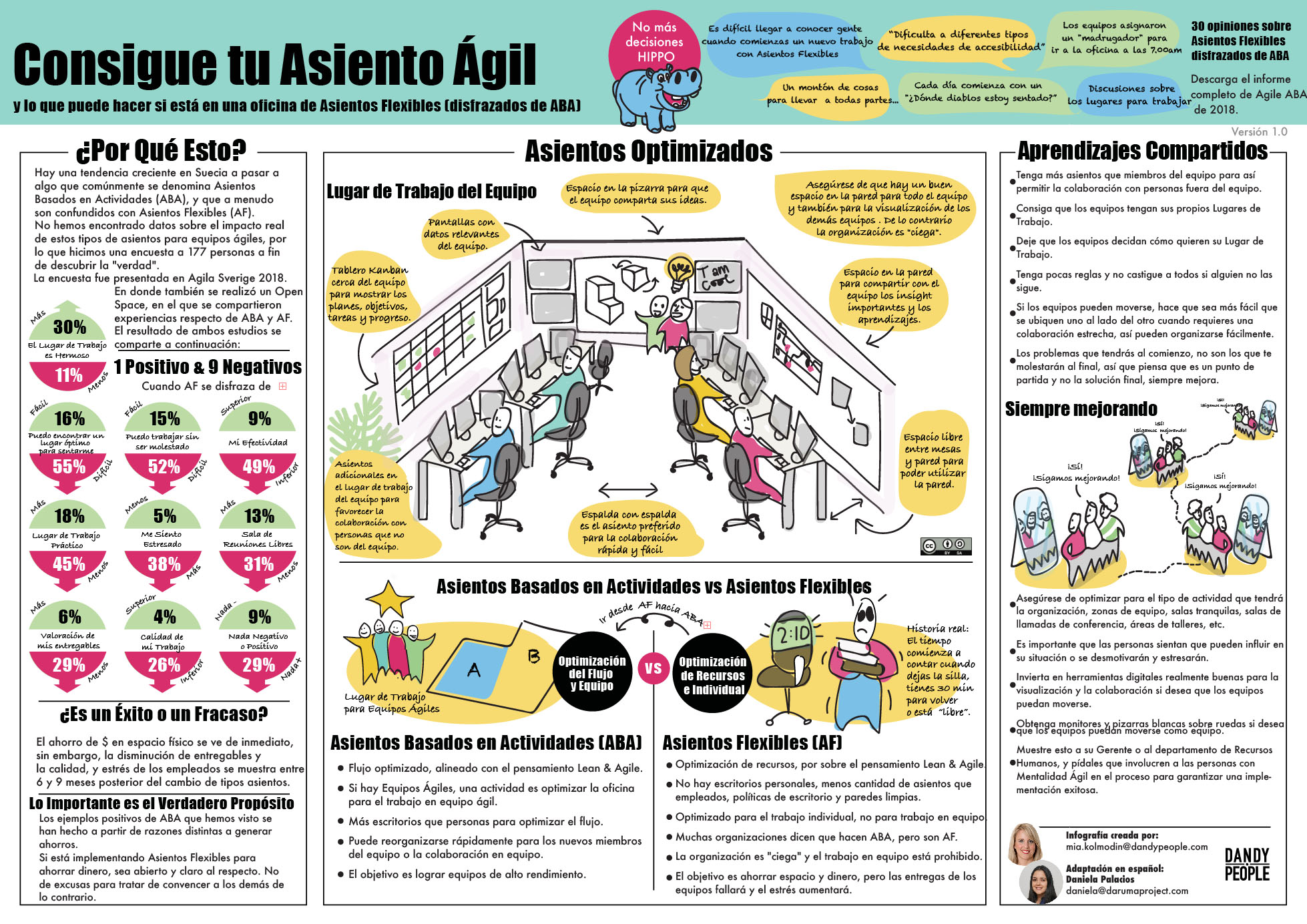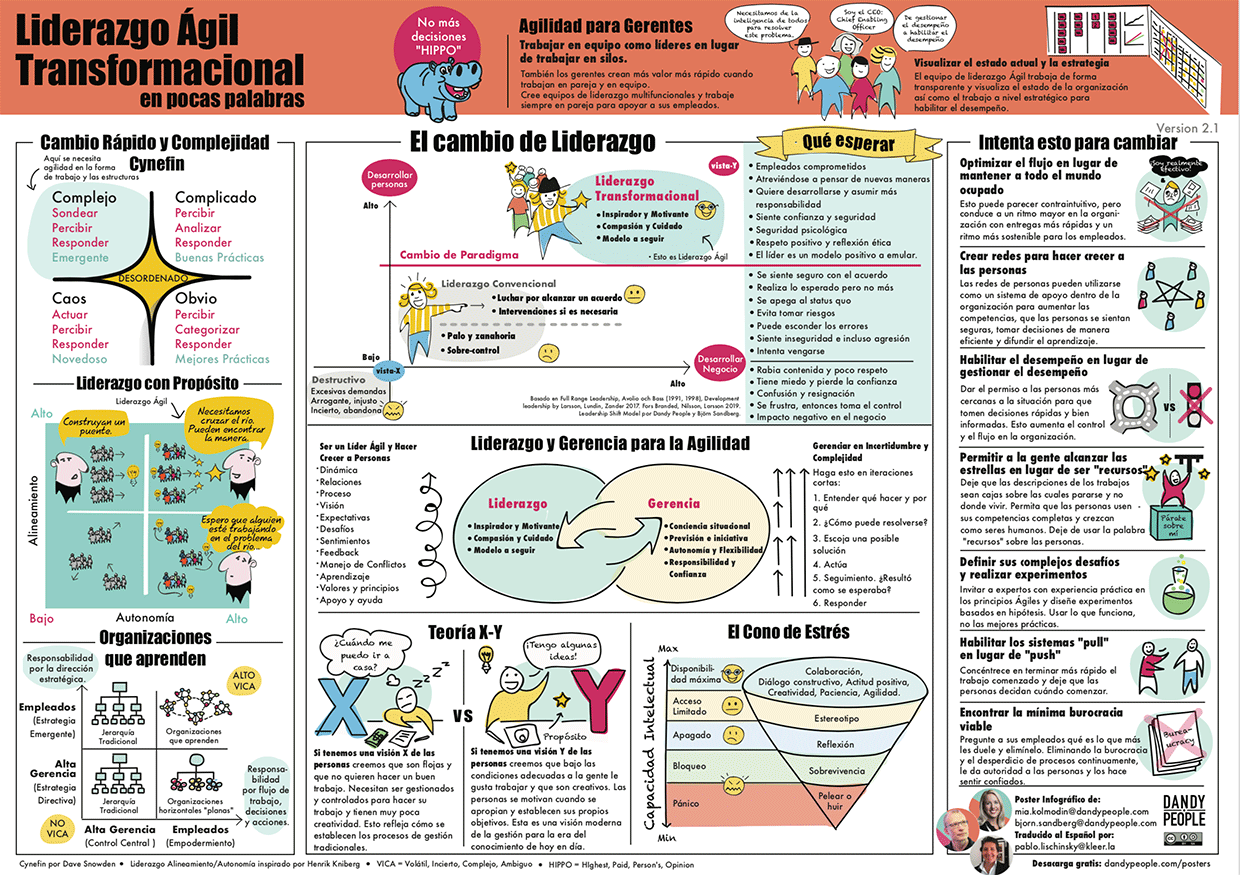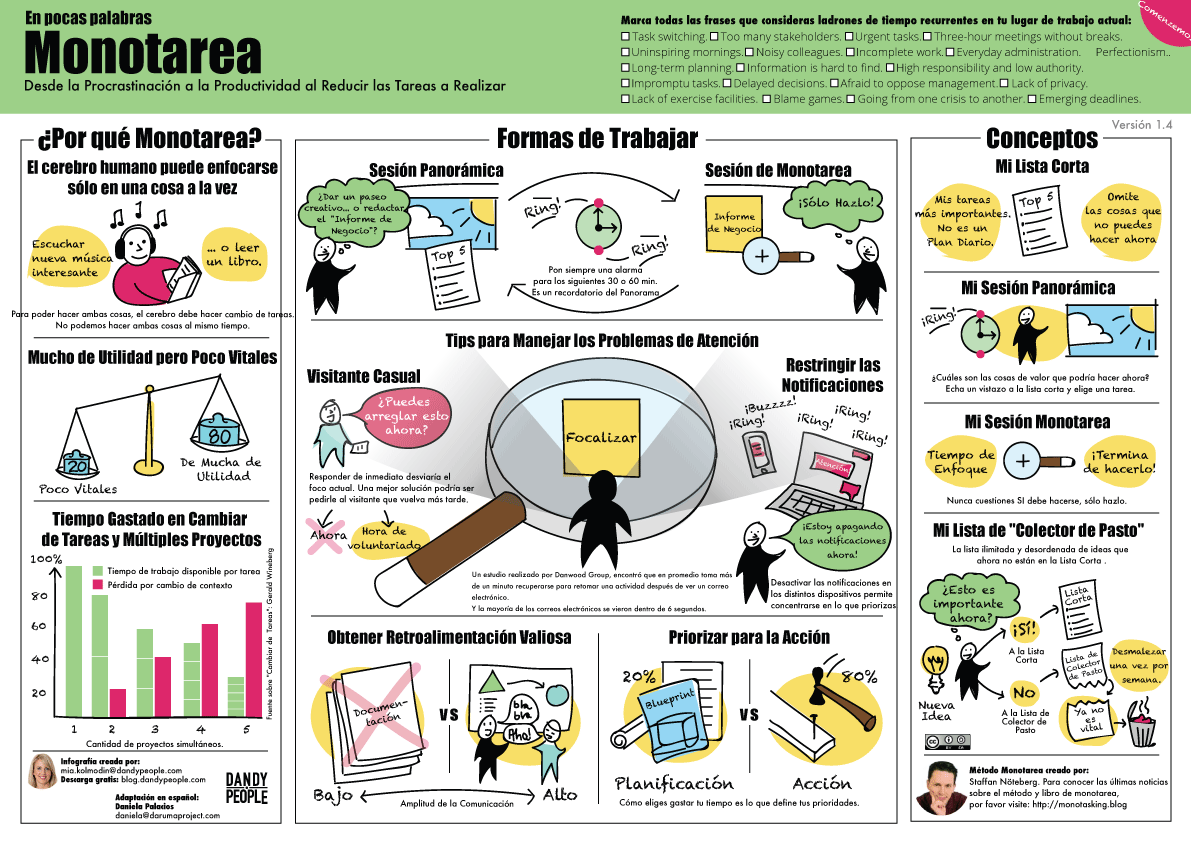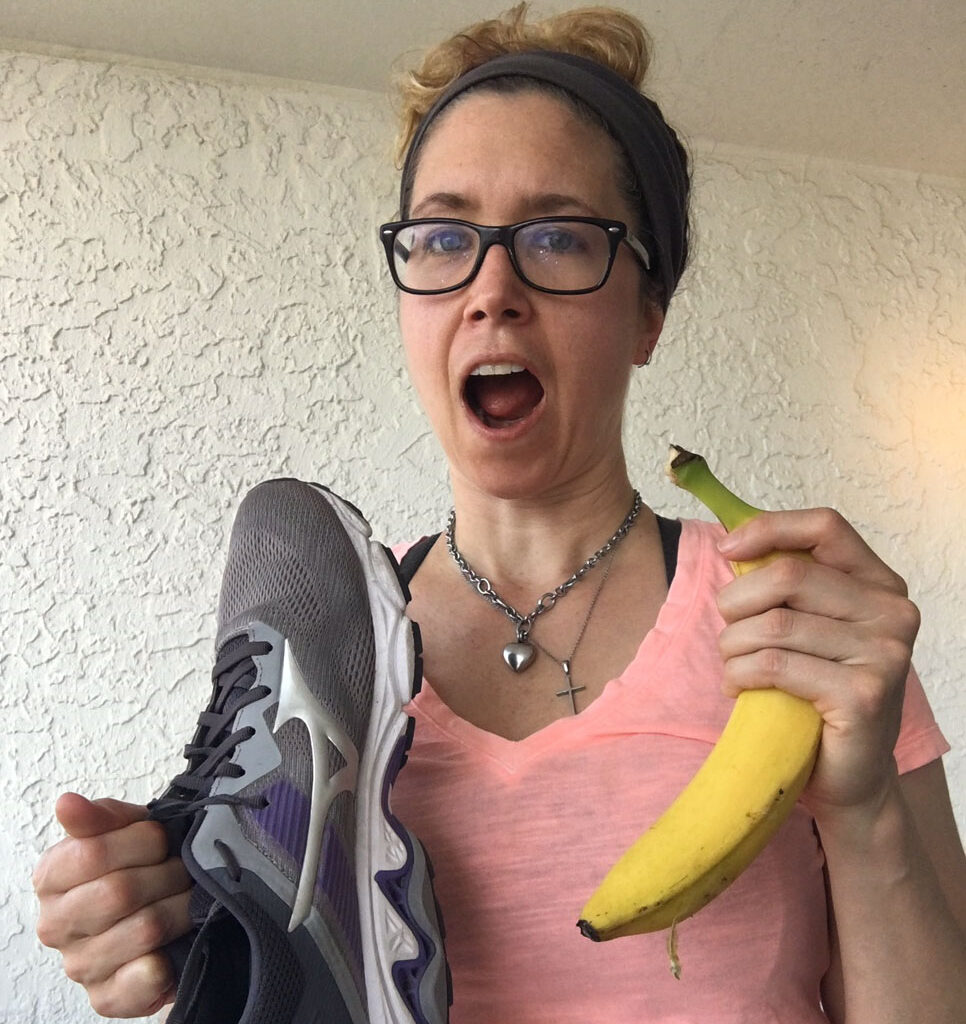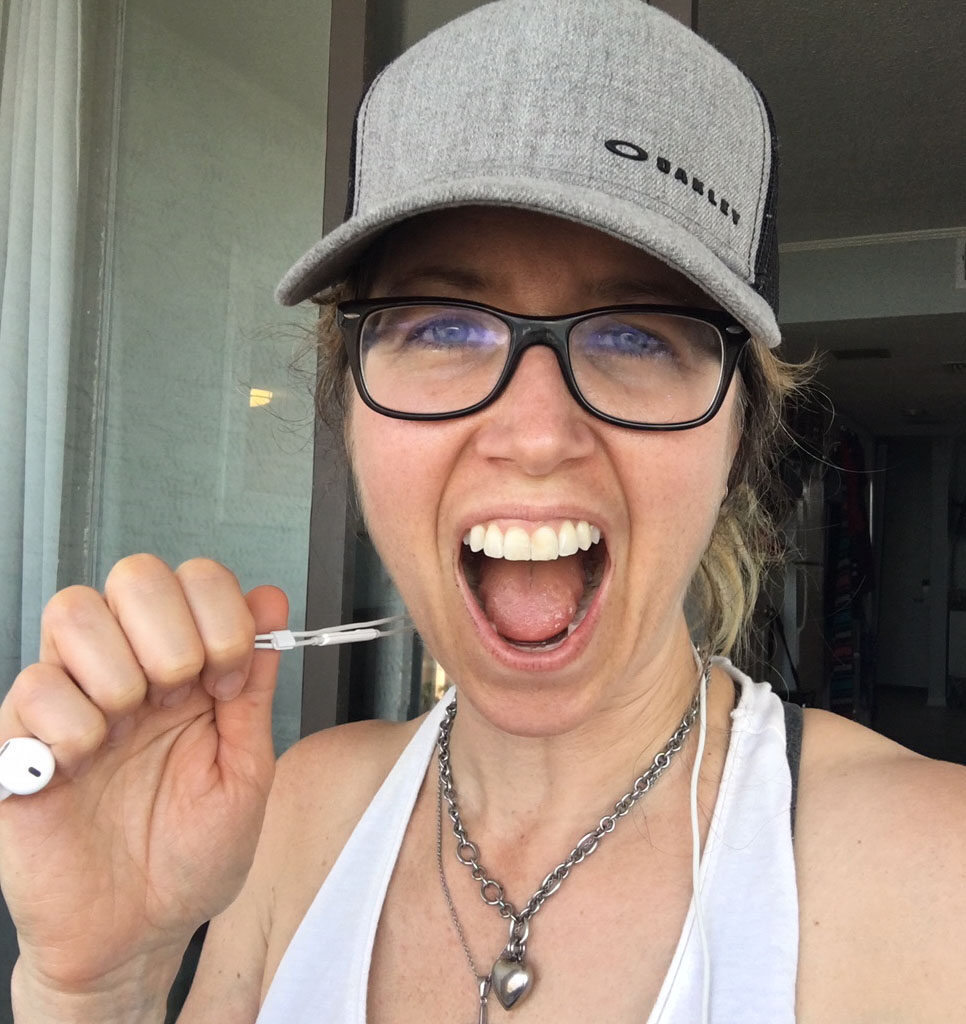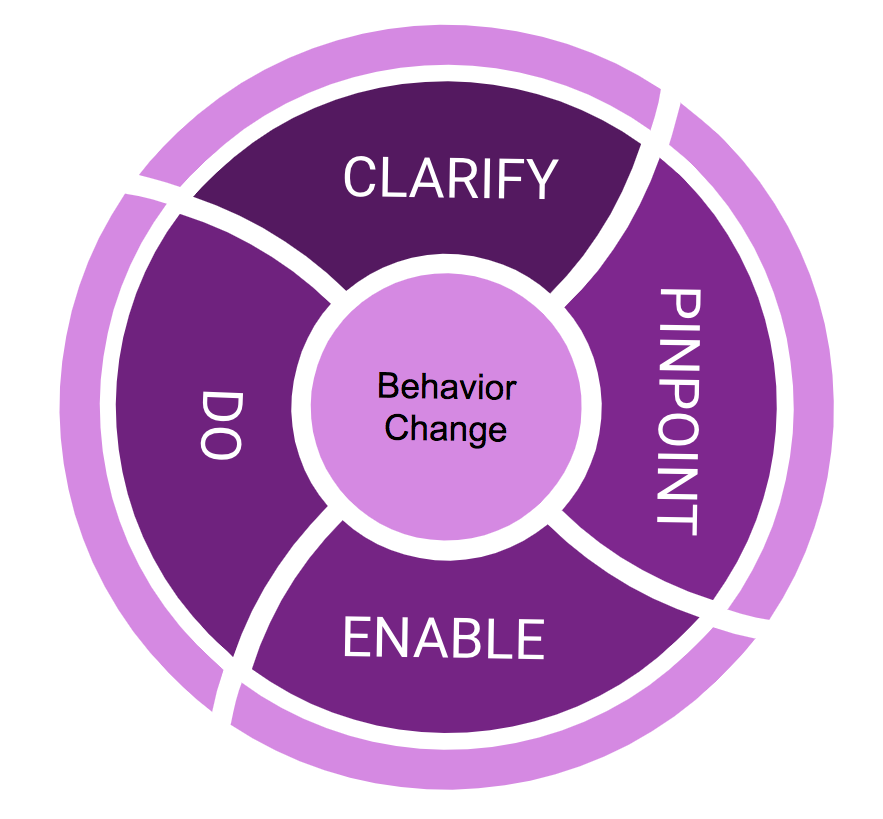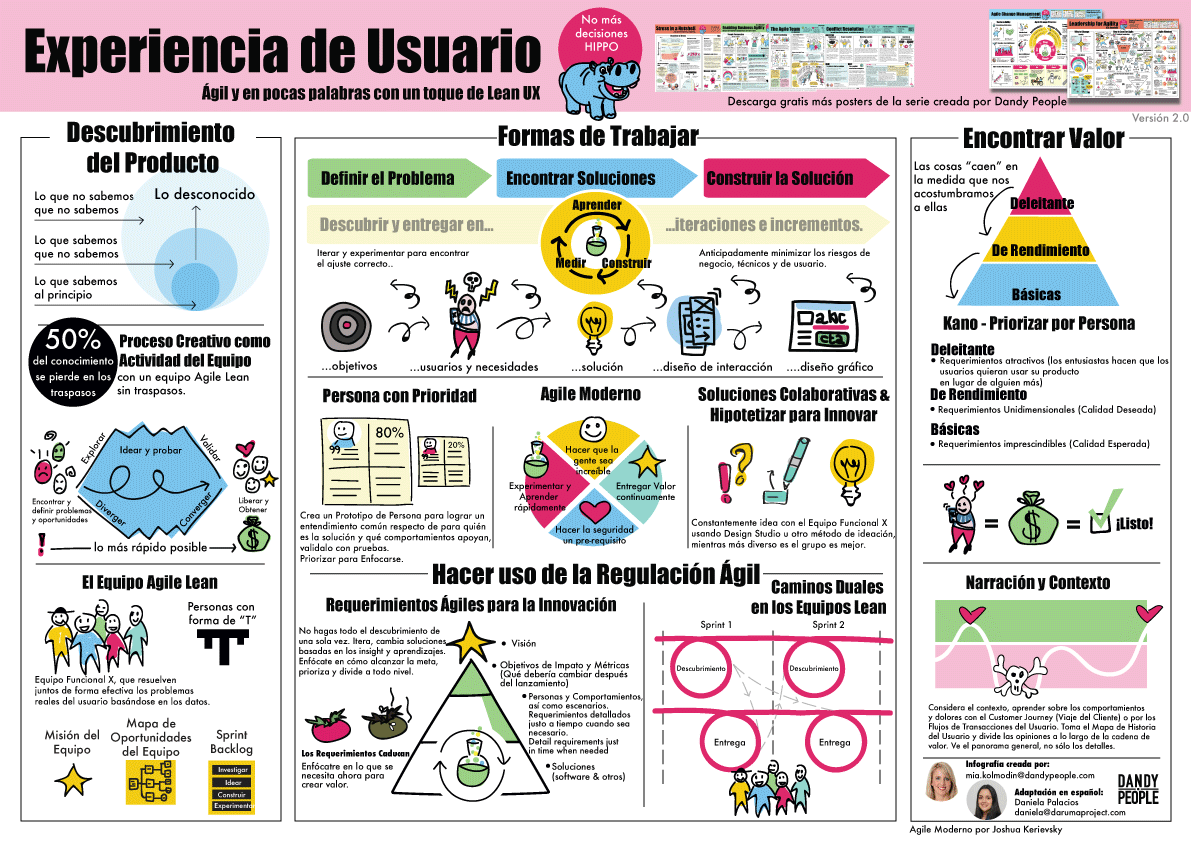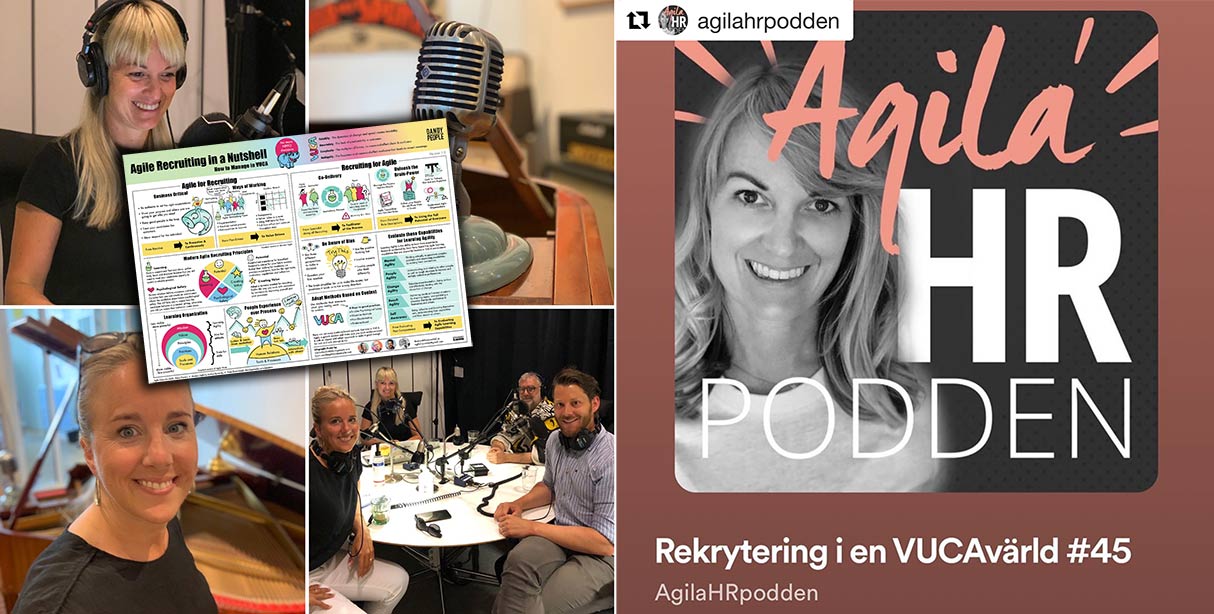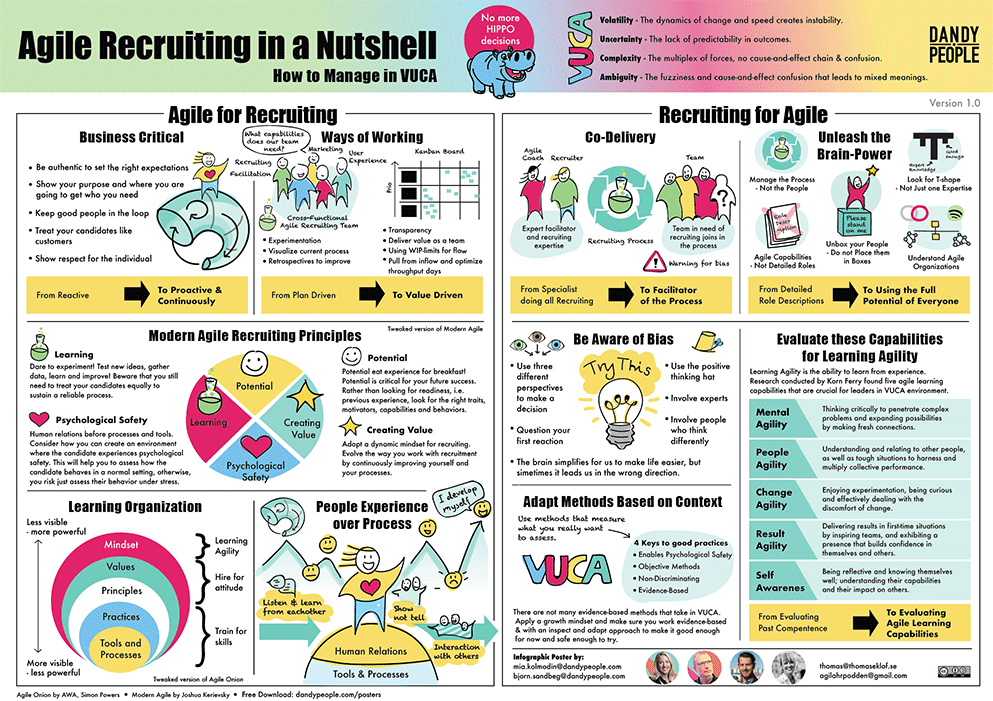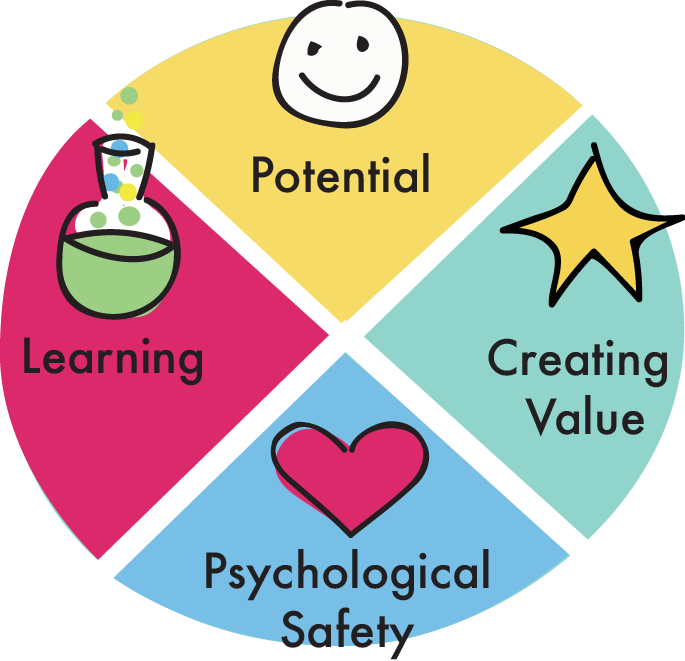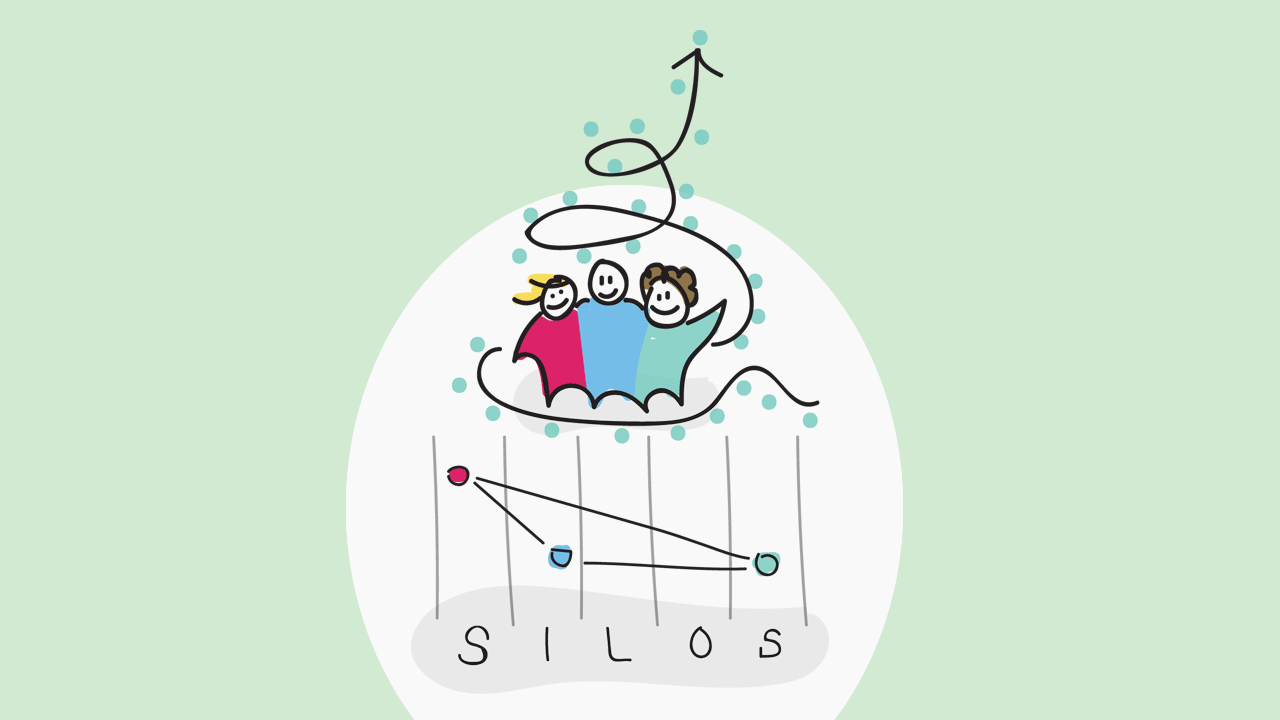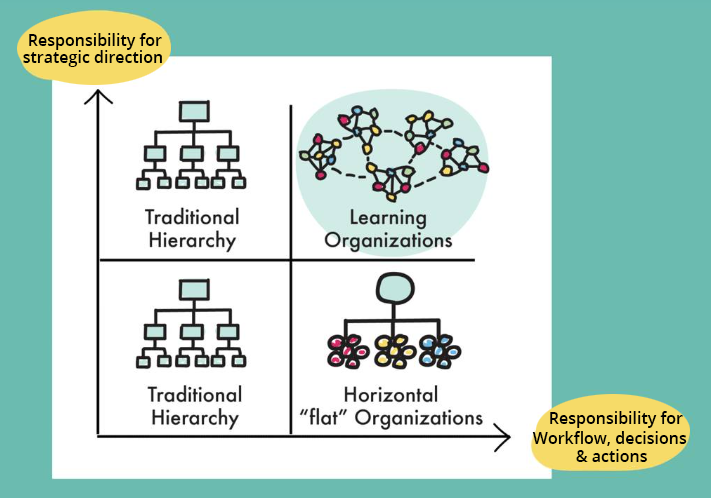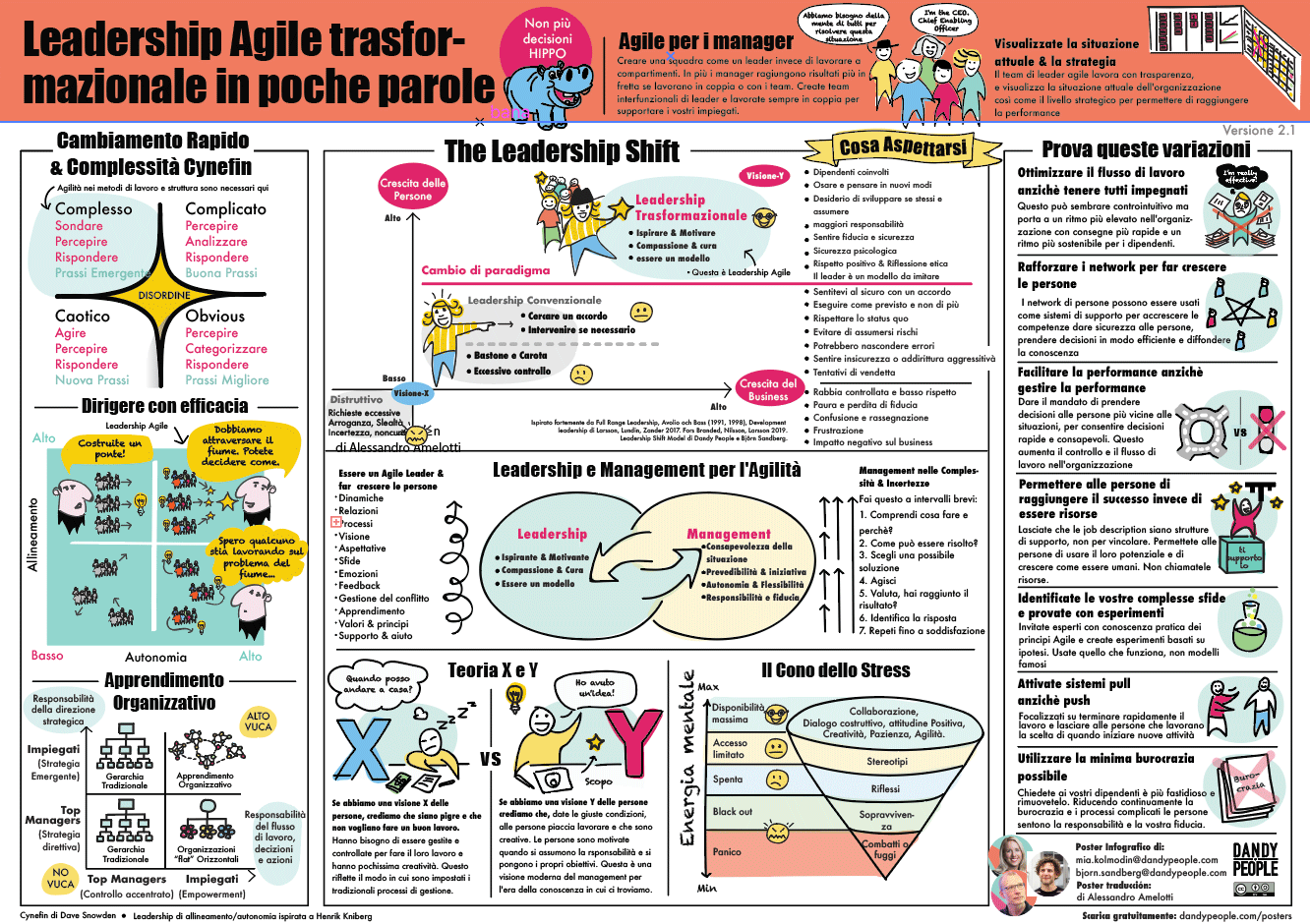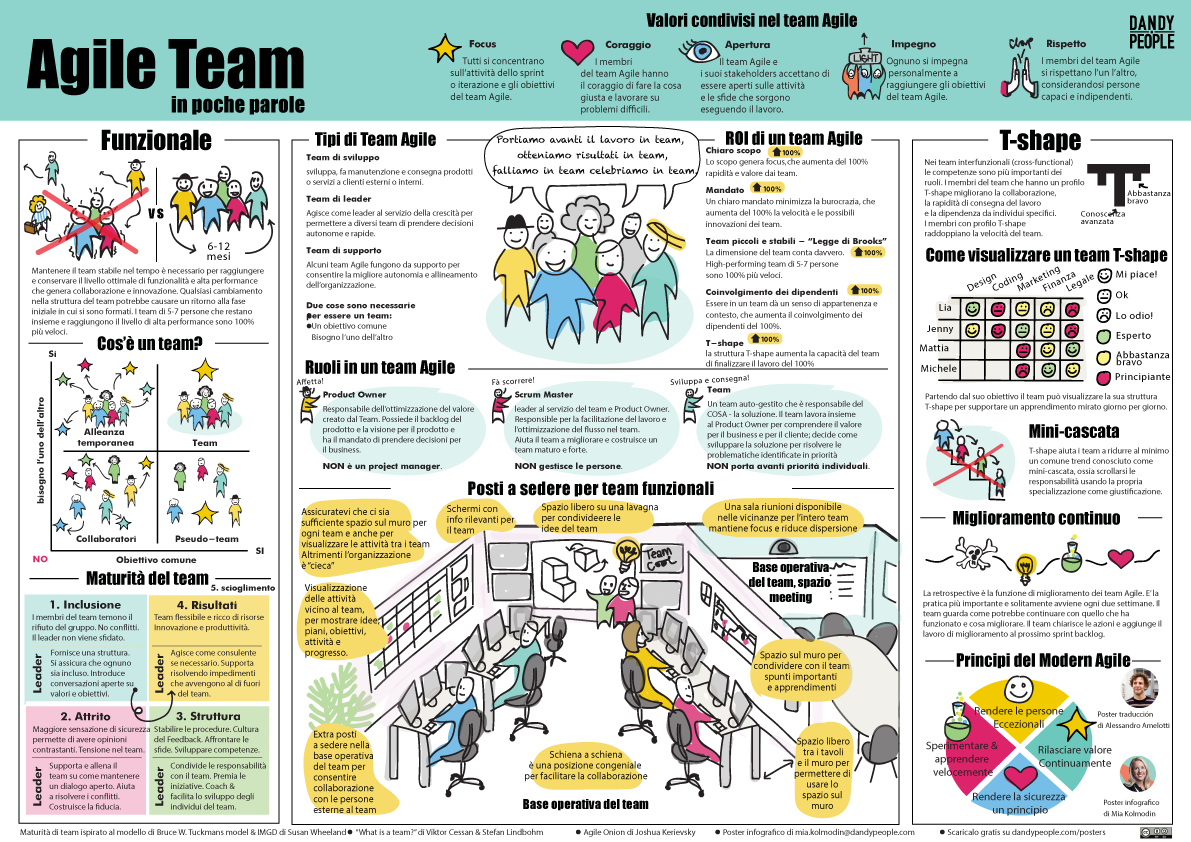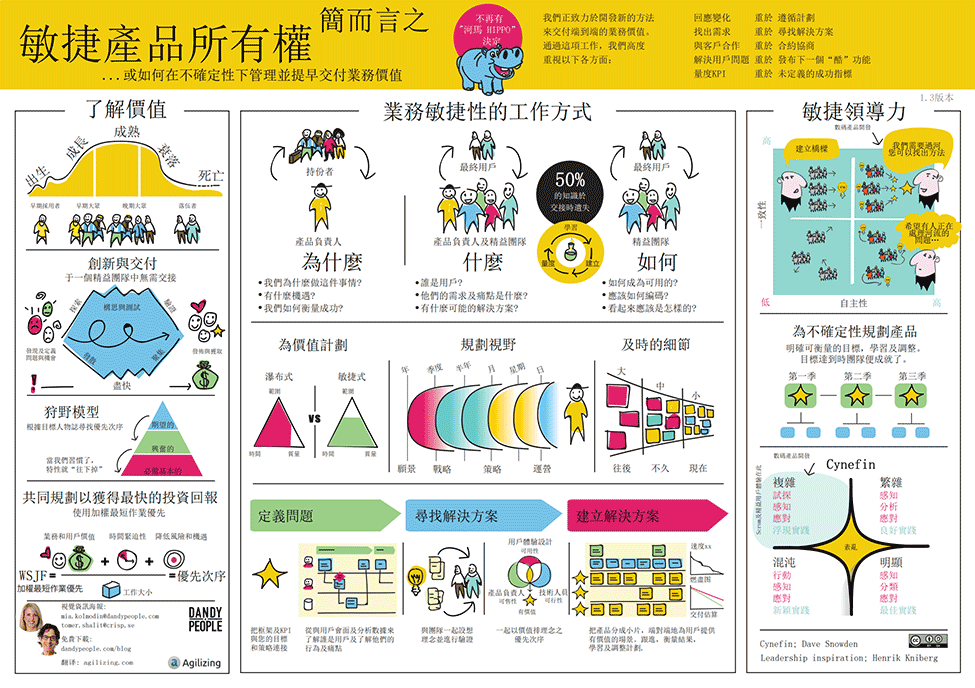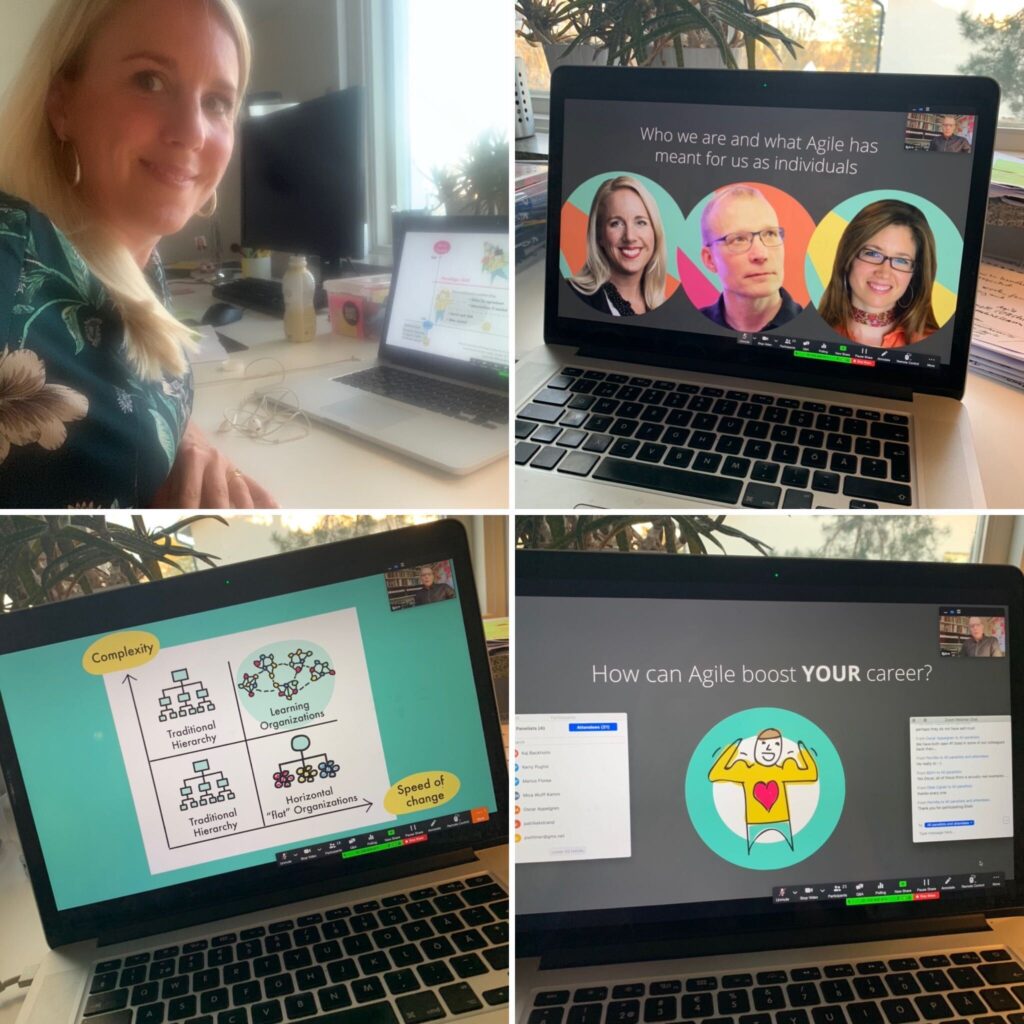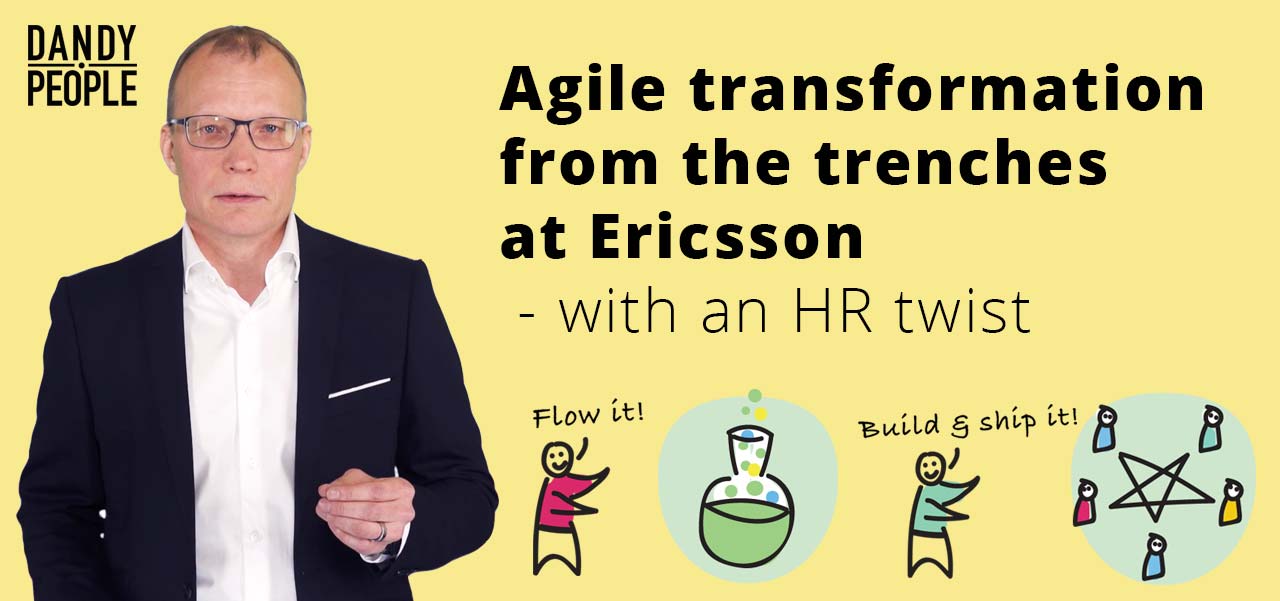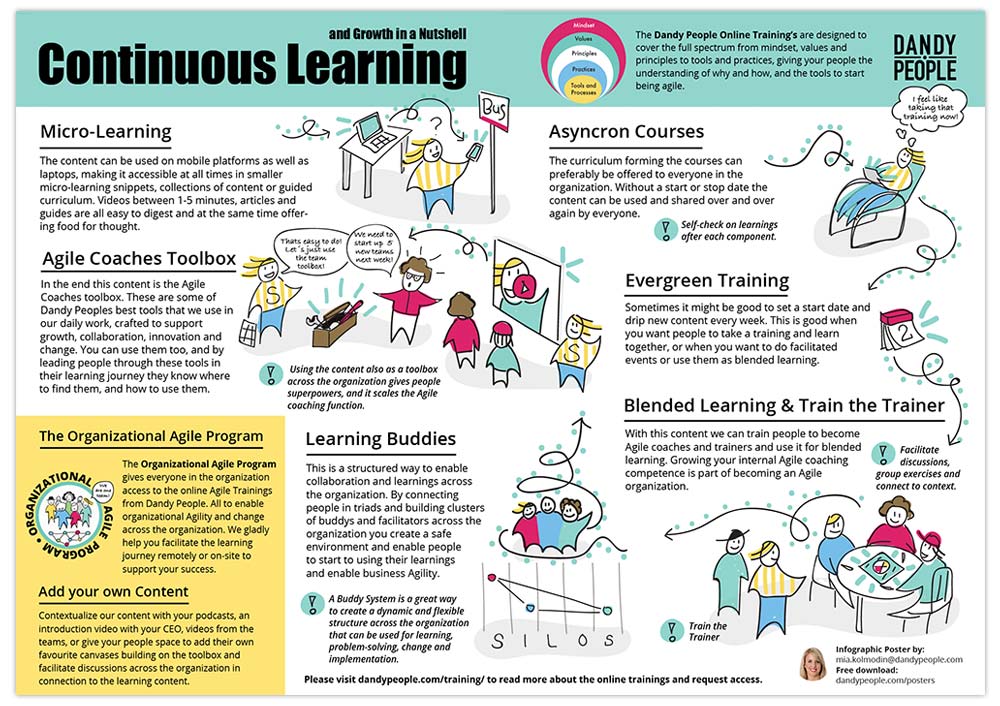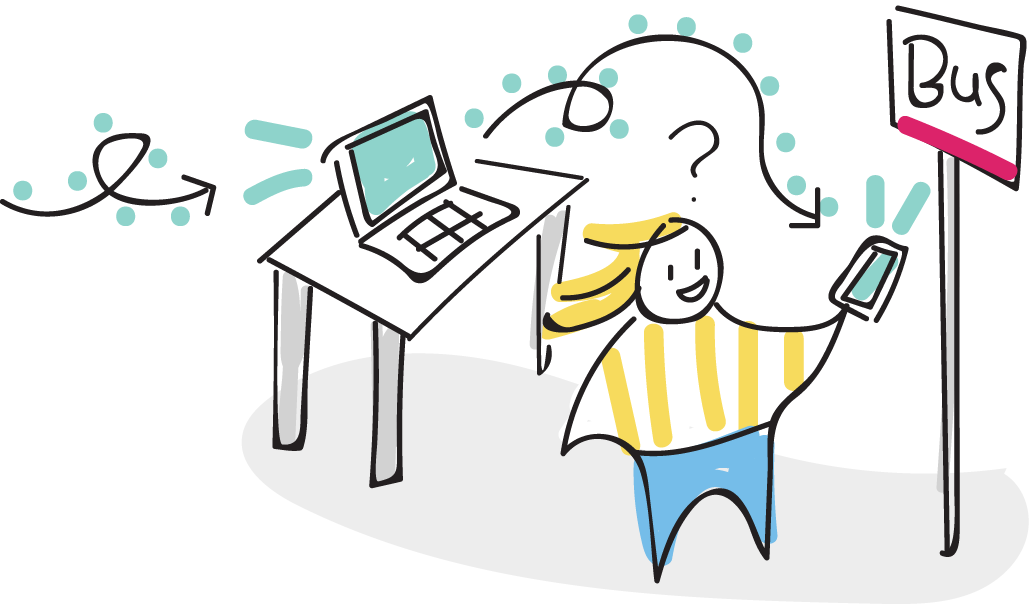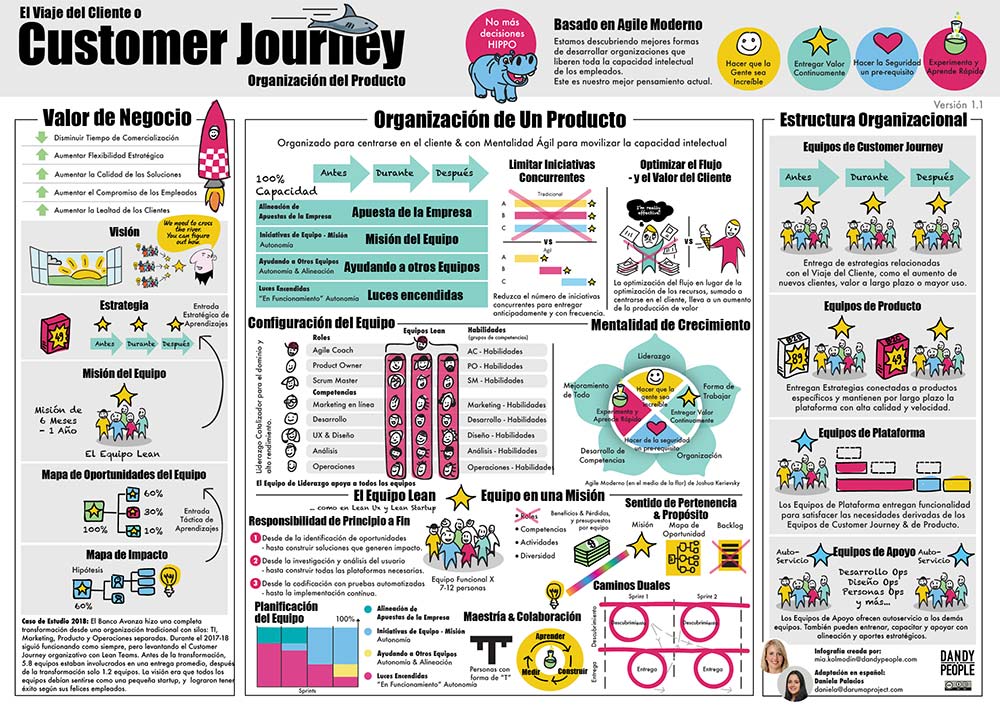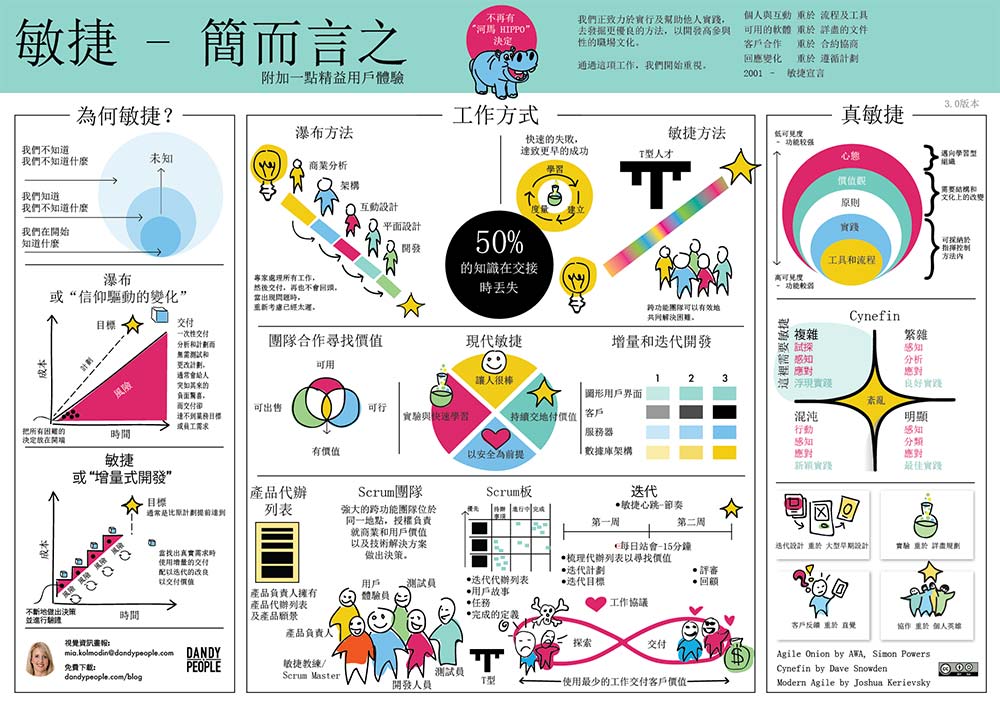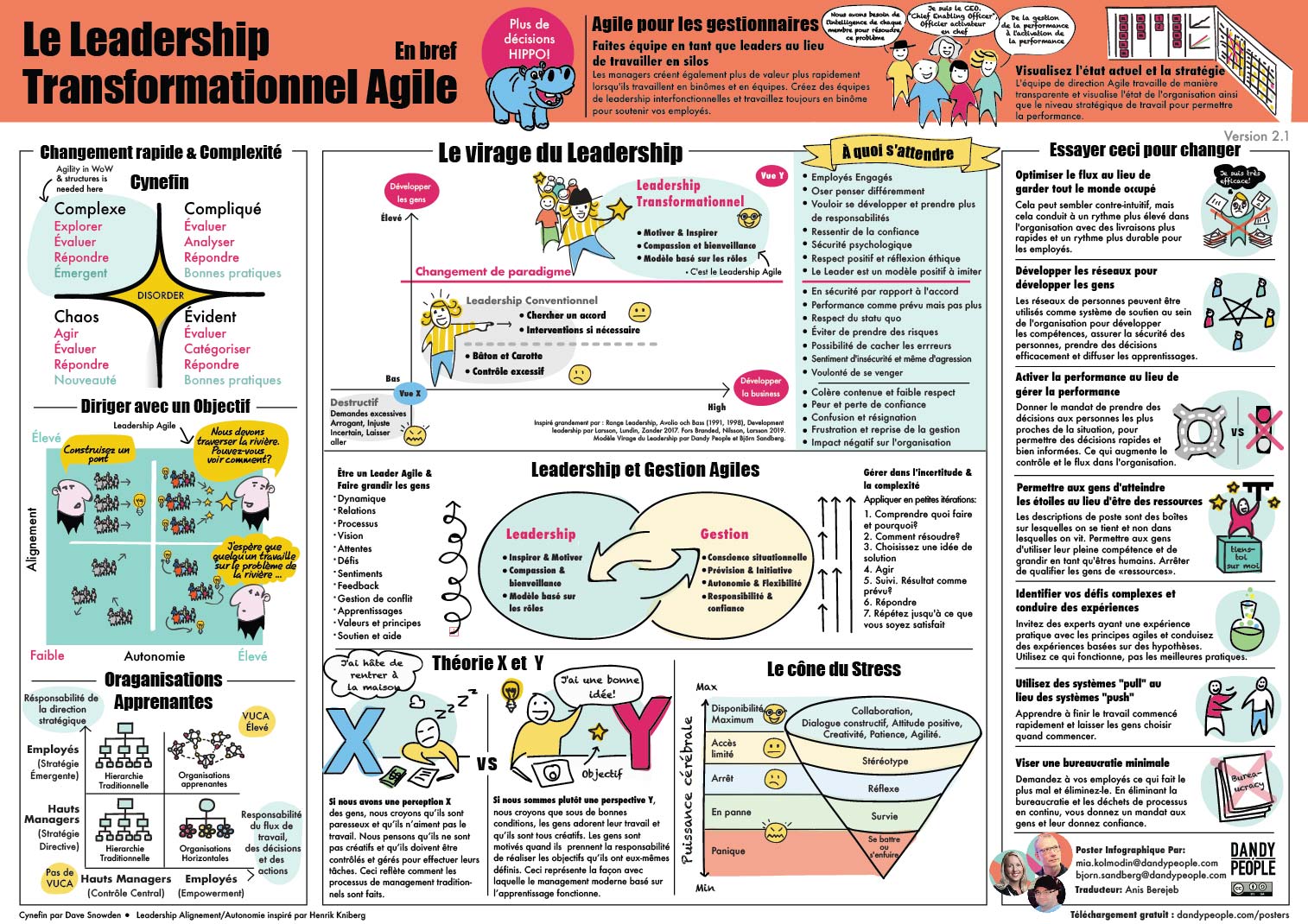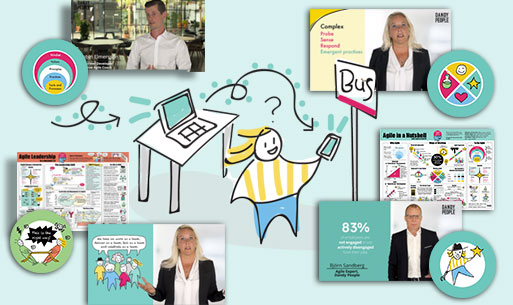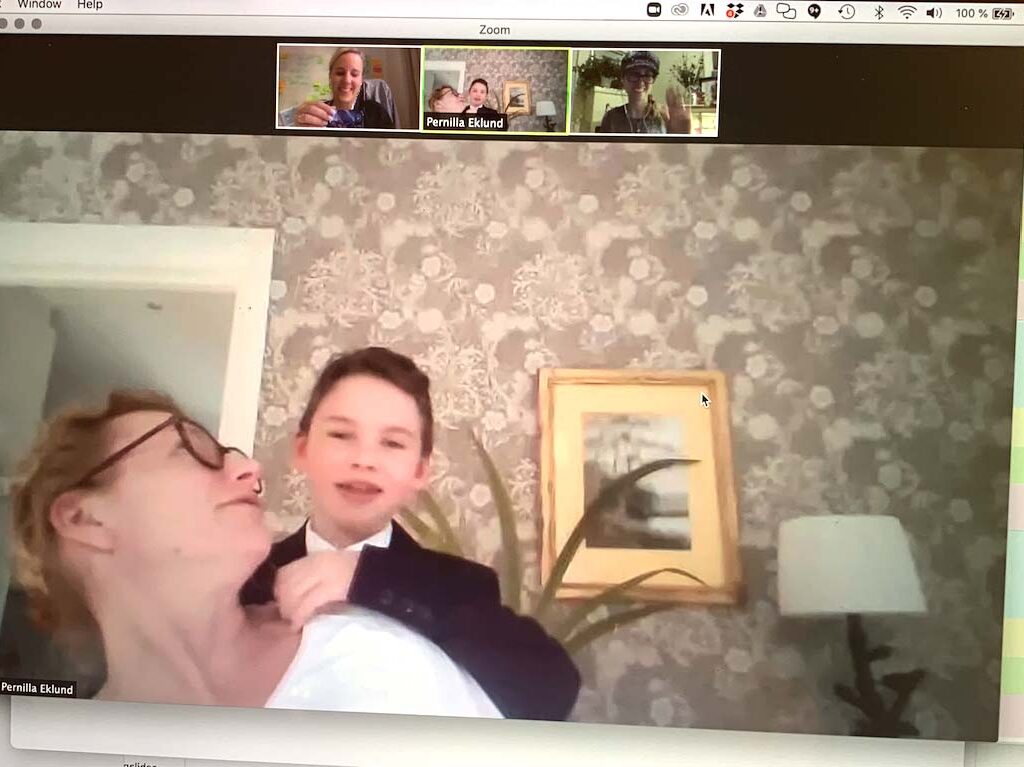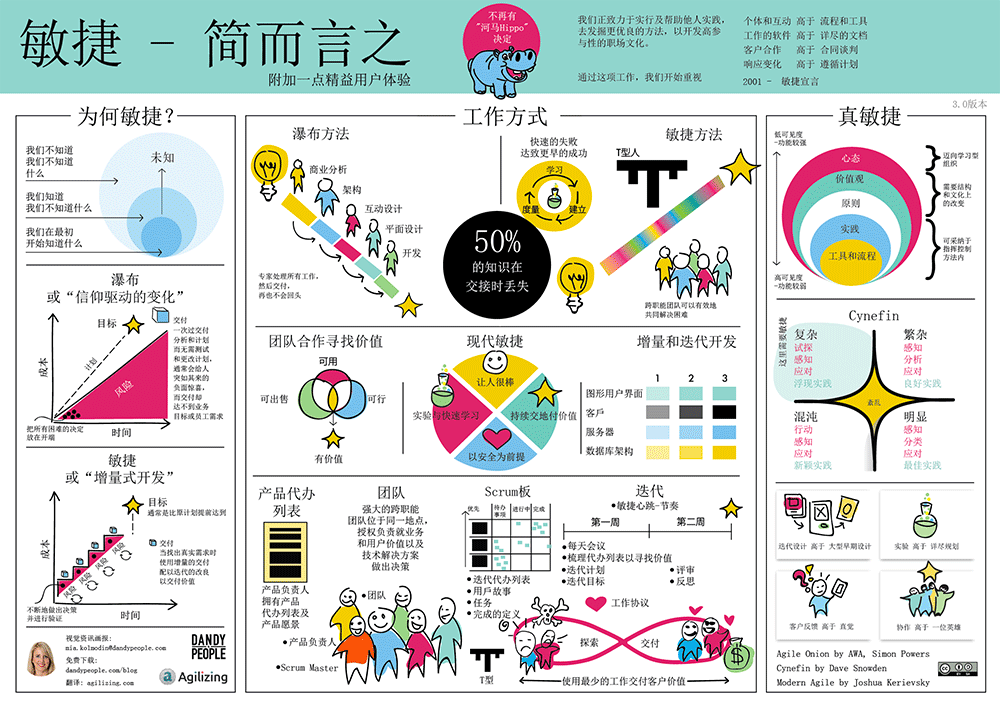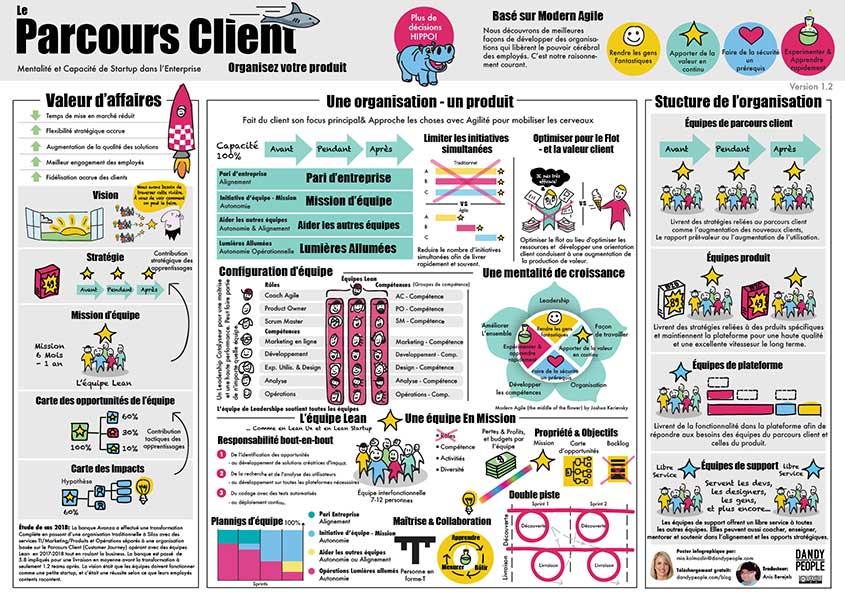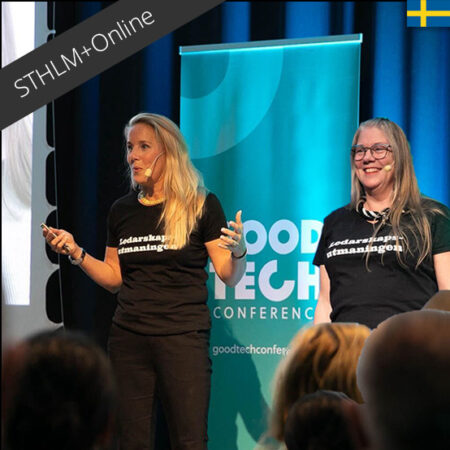
Not many people like being lectured. Not all people like being coached either. But everybody (yes, everybody!) likes games in one form or another. That’s why we’ve created an experienced-based free online game that teaches the basics of an agile way of working.
You can play it yourself or with up to four people, taking the part of a team member in an agile team working on a number of stories in a sprint.
The game introduces:
- The look and purpose of a scrum board
- How T-shaping improves your chances of succeeding
- Why continuous improvements is a good thing in the long run
- The general structure of a scrum sprint
How to play – the Quick Version
Go to https://tabletopia.com/games/agile-wow-the-game and start playing!
How to play – Extended Version
1. Create an account at tabletopia.com
It’s free and we’ve made an instruction video on how you set it up (because it’s frankly a bit trickier than it should be)
2. Get someone to play with
After creating a “room” you can send an invite code to other players who can join in (they need to create an account as well). Want a video on how to do that? Here you go!
3. Know the rules
Want to know the rules? Then, we’ve got you covered! The rules are available in the game but we made this how-to video just in case:
4. Start playing!
Go to https://tabletopia.com/games/agile-wow-the-game and start playing!
Are you a Team Coach or an Agile Coach?
You can also take the role of a facilitator and play the game to train new agile teams about the basics or let it be the start of a discussion in a more mature team.
After finishing playing, run a retrospective. Follow up the usual “What could have we have done better?” and “What did we do well?” with “How does this compare with real life?” and “Do you work together like this in your teams?” and let the discussions flow.
Playing with people on the same team gets you comparisons to real life (and quite often “why don’t we work more together?”). People from different teams quickly get into comparing ways of working and exchanging ideas. All great stuff, and if you don’t have time to finish the game know that you’ve already won!
In order to create an experienced-based game, we have taken the liberty to simplify some things and we might not follow all the rules of Scrum. But if you are looking for the Scrum Guide you find the 2020 version here.
